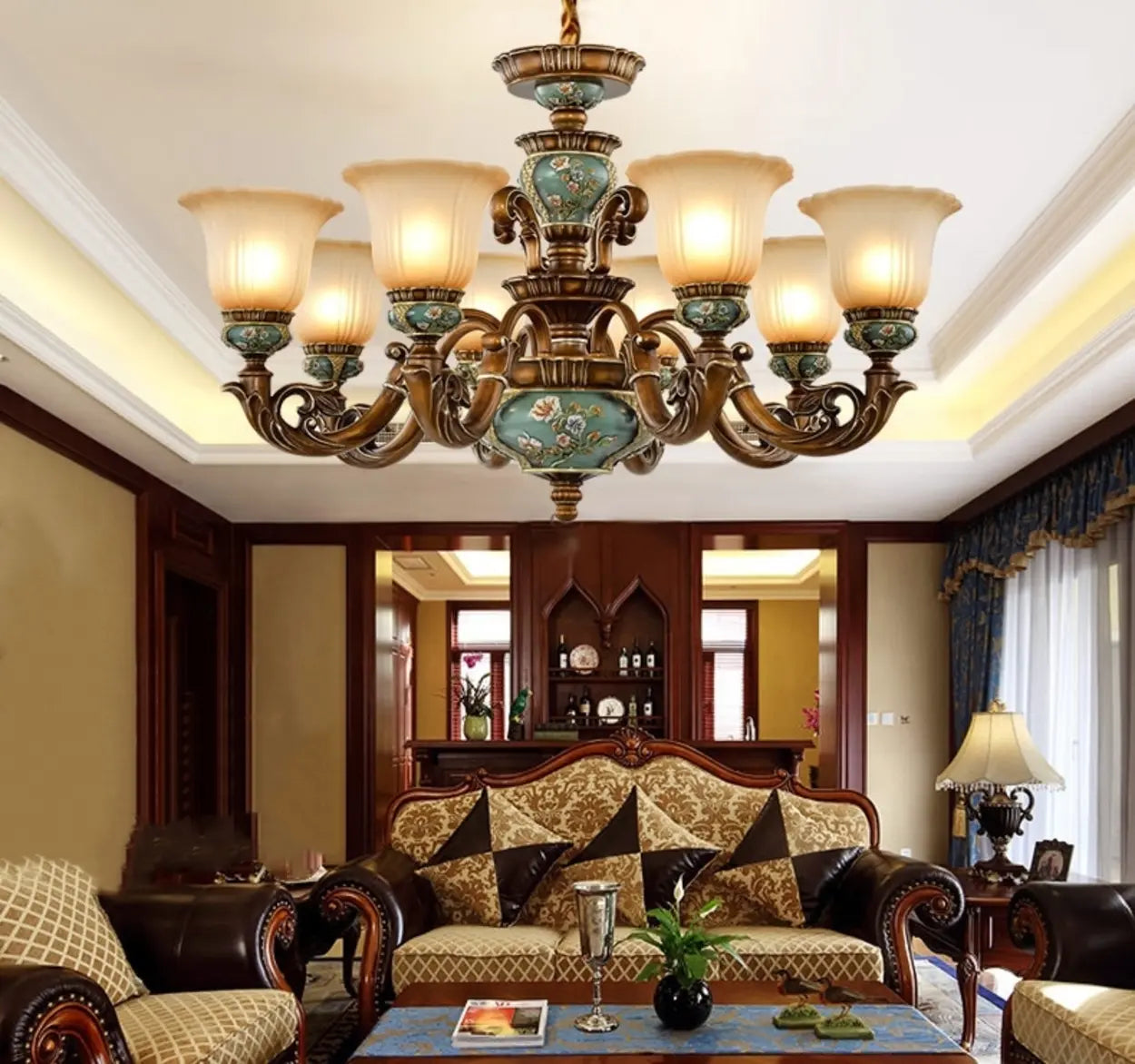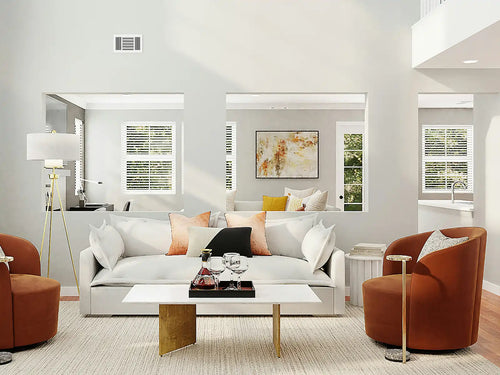Many consumers get confused when shopping for small accent furniture. Designers and merchants commonly use the terms"side table" and "end table" interchangeably. Trying to understand the side table vs end table leaves buyers wondering if they're the same piece or entirely different. We will go over their placement, function, sizing, and present which one is for you.
Table of Contents
Placement and Location
Examining each table's intended placement in your house is the first step in determining where it belongs.
Where end tables belong
End tables get that name for their place at the end of larger furniture pieces. You can put them by sofas, loveseats, or sectionals, forming a functional connection with your seating. They play a supporting role to other furniture rather than stand alone. Placement of them is mainly in living rooms and bedrooms, which have the bulk of the home's seating.
Where side tables work best
Side tables provide a great deal of placement flexibility across your house, showcasing in hallways, vacant corners, or outdoor patios. They look fantastic as standalone accent pieces in entryways or next to reading chairs. Side tables can adapt to many different rooms and uses and function independently of other furniture.
Function and Purpose

How these tables meet your everyday needs and design objectives is directly impacted by the placement variations.
How end tables serve your seating area
End tables are made with practical everyday use in mind, with a focus on utility. They hold the necessities, which are accessible to users who are seated, such as remote controls, drinks, books, and magazines. These tables prioritize functionality over style in order to meet the immediate needs of those utilizing the adjacent seating furniture.
How side tables add style and function
Side tables balance functionality with stronger decorative roles. They act as focal points for the design, showcasing picture frames, artwork, or plants to improve the aesthetics of the space. While they can support lamps or be used as a work surface for your laptop, their role goes beyond that of pure utility and makes more deliberate style statements.
Size and Dimensions
Size specifications often create the biggest confusion when comparing these furniture pieces. In the case of side tables, we often see a range of 18 to 26 inches in width, whereas with end tables, we see a more compact range of 12 to 18 inches.
Understanding the size confusion
You may have come across mixed info online regarding table sizes. Yet, there is no set industry standard. A "side table" from one brand may, in fact, be the same as an "end table" from another. Pay little attention to the label; what matters are the measurements.
How to measure for your space
Height: The ideal height for a table is at or slightly below the level of the surrounding chairs' armrests. Doing so will make it blend in more seamlessly.
Depth: It should not be deeper than the seating it accompanies to avoid obstructing traffic flow.
Surface Area: Think about what you need to place on it. A lamp and a drink need more space than just a phone.
Buying in Pairs vs Singles
Your purchasing decision often depends on whether you need symmetry or individual accent pieces. This distinction affects both your budget and design approach.
Why end tables come in pairs
End tables normally come in sets of two, which you can put out in a symmetrical and balanced way in formal settings. They play the role of bookends for your furniture, anchoring large sectionals and very long sofas with matching pieces on each side. This set approach follows in line with traditional design elements, but at the same time, it requires a larger pocketbook as you are buying matching tables.
Why side tables work as singles
Side tables celebrate individuality and versatility, working effectively as single pieces throughout your home. They excel at filling asymmetrical spaces and creating cozy, eclectic design elements that don't require matching counterparts. This singular approach offers budget-friendly decorating options while providing design flexibility for creative room arrangements.
Side Table vs End Table Comparison
|
Aspect |
End Table |
Side Table |
|
Placement |
Positioned next to seating furniture (sofas, chairs) |
Work independently throughout the home |
|
Function |
Prioritizes utility and convenience |
Balances function with decoration |
|
Purchasing Pattern |
Typically sold and used in pairs |
Work effectively as singles |
|
Design Role |
Supports seating areas with practical needs |
Serves as accent pieces and focal points |
|
Best Applications |
Living rooms and bedrooms with seating |
Throughout the home - hallways, corners, patios |
|
Size Range |
Generally 12-18 inches (more compact) |
Often 18-26 inches (larger surface areas) |
|
Primary Purpose |
Hold essentials within arm's reach of seated users |
Display items and enhance room aesthetics |
Side Table vs End Table: Which One to Choose?

In choosing the right table for your living room, pay attention to your specific needs and design preferences. Also, think about your furniture arrangement and how it fits into your lifestyle.
If your living room centers around a large sofa or sectional, end tables provide the practical support your seating area needs. They keep the essentials within reach and also present a symmetrical design that goes well with more formal layouts.
For a mix of styles in your furniture collection, side tables are the best choice. They go with accent chairs, fill in empty spaces in the room, and are a decorative touch that does not require everything to match.
Additionally, your lifestyle affects your side table vs end table in living room pick. The practicality of end tables may appeal to active families, while design-focused homeowners may prefer their ornamental appeal.
Conclusion
The side table vs end table choice ultimately comes down to your specific needs rather than rigid definitions. Look at what you will use the table for and what look you are going for in your design. End tables excel beside seating furniture where convenience matters most, while side tables offer versatility and style throughout your home. Measure your area, know your lifestyle, and pick the one that suits your demands and taste.
Frequently Asked Questions
Can I use a side table as an end table?
Can I use a side table as an end table?
Absolutely. If a table labeled 'side table' has the correct height and size for your sofa, use it. The function and fit of the piece matter more than its retail name.
What height should the side table be?
What height should the side table be?
A side table should be about the same height as the arm of the chair it sits beside, or just a bit lower. Being able to reach it comfortably while seated is a major plus.
How tall should the end table be?
How tall should the end table be?
The end table follows the same rule. Its height should be at or just below your sofa's arm height. This creates a balanced look and keeps items easily accessible.
What's another name for a side table?
What's another name for a side table?
Because of their versatile and often decorative role, side tables are also commonly known as 'accent tables' or 'occasional tables.'

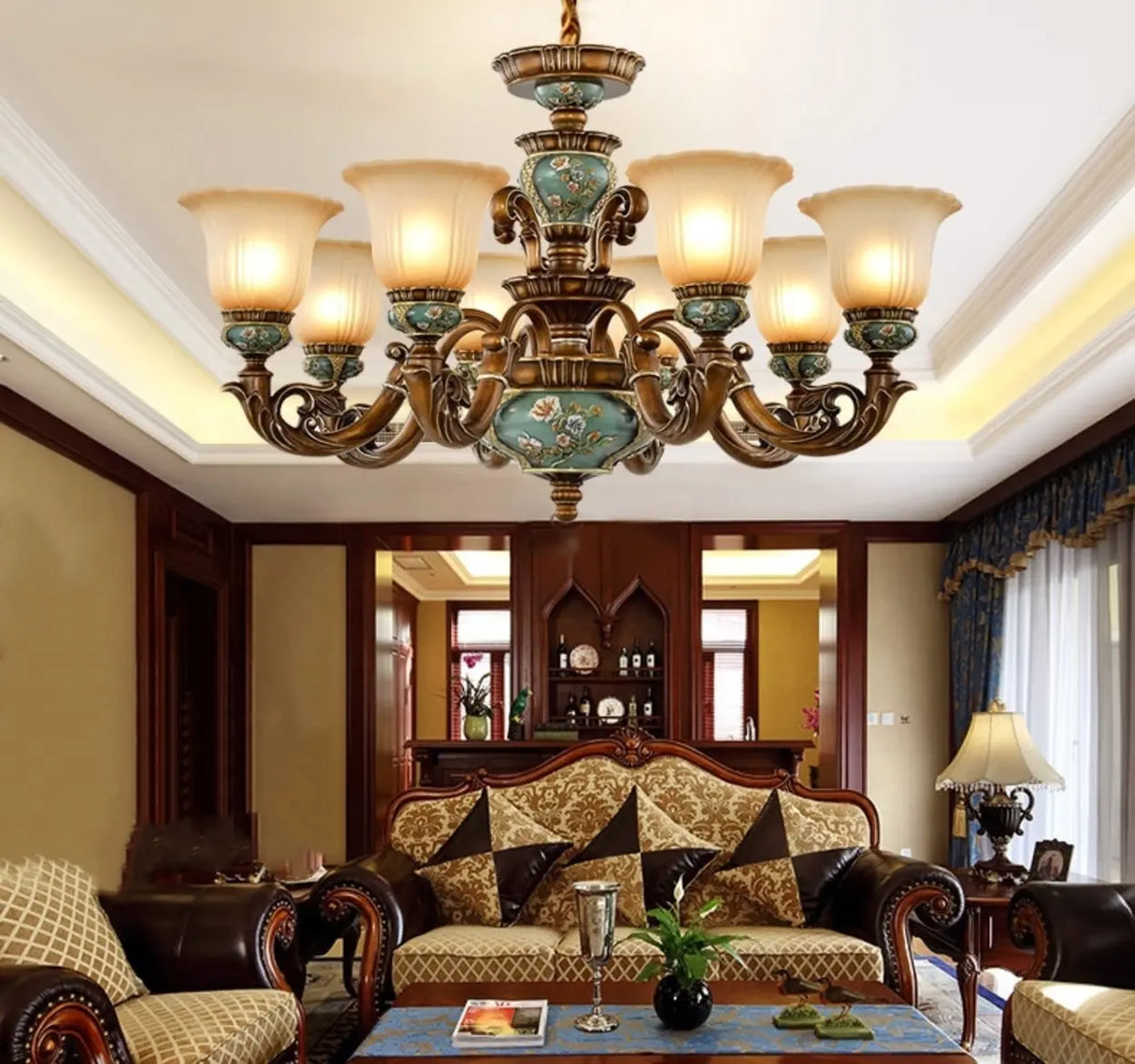
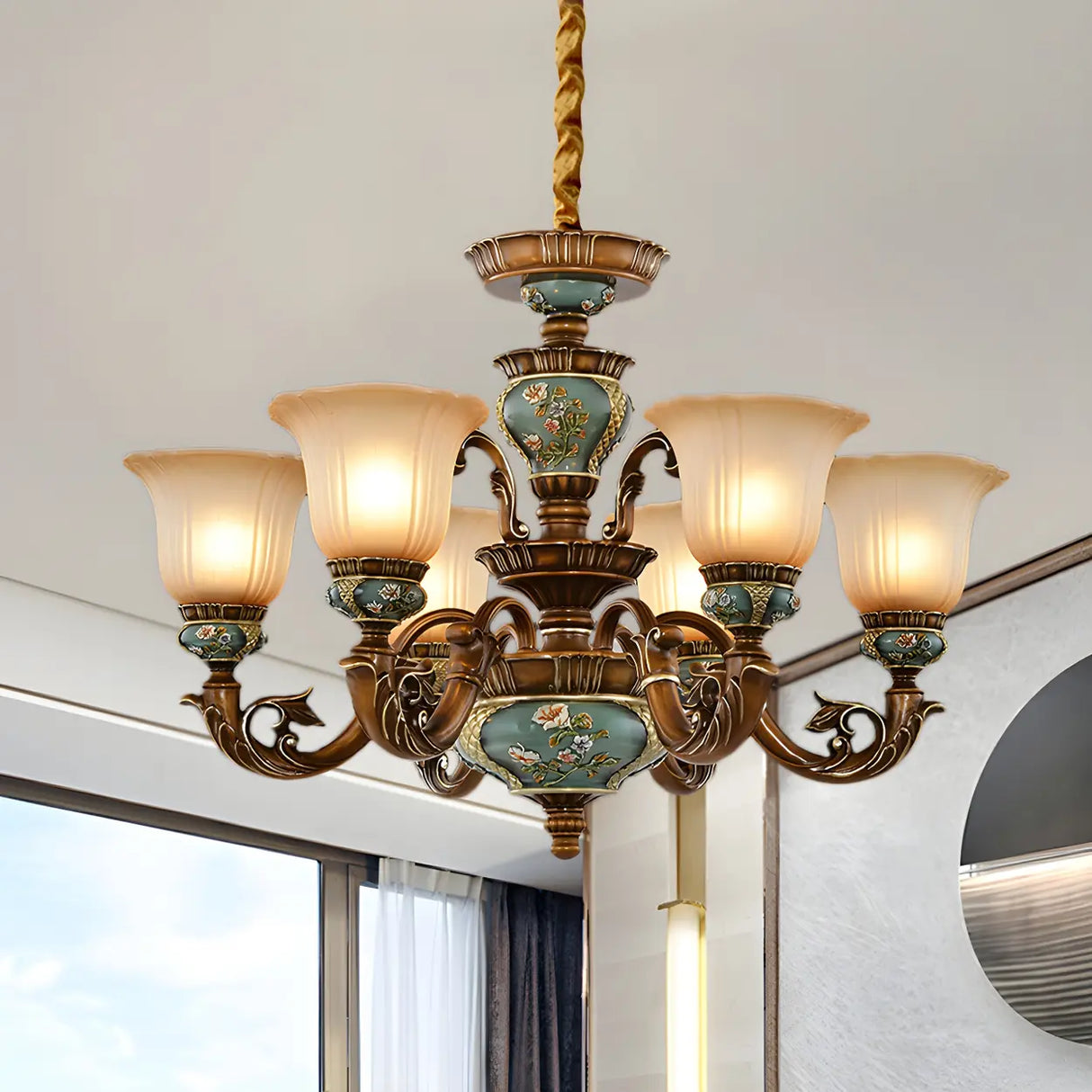
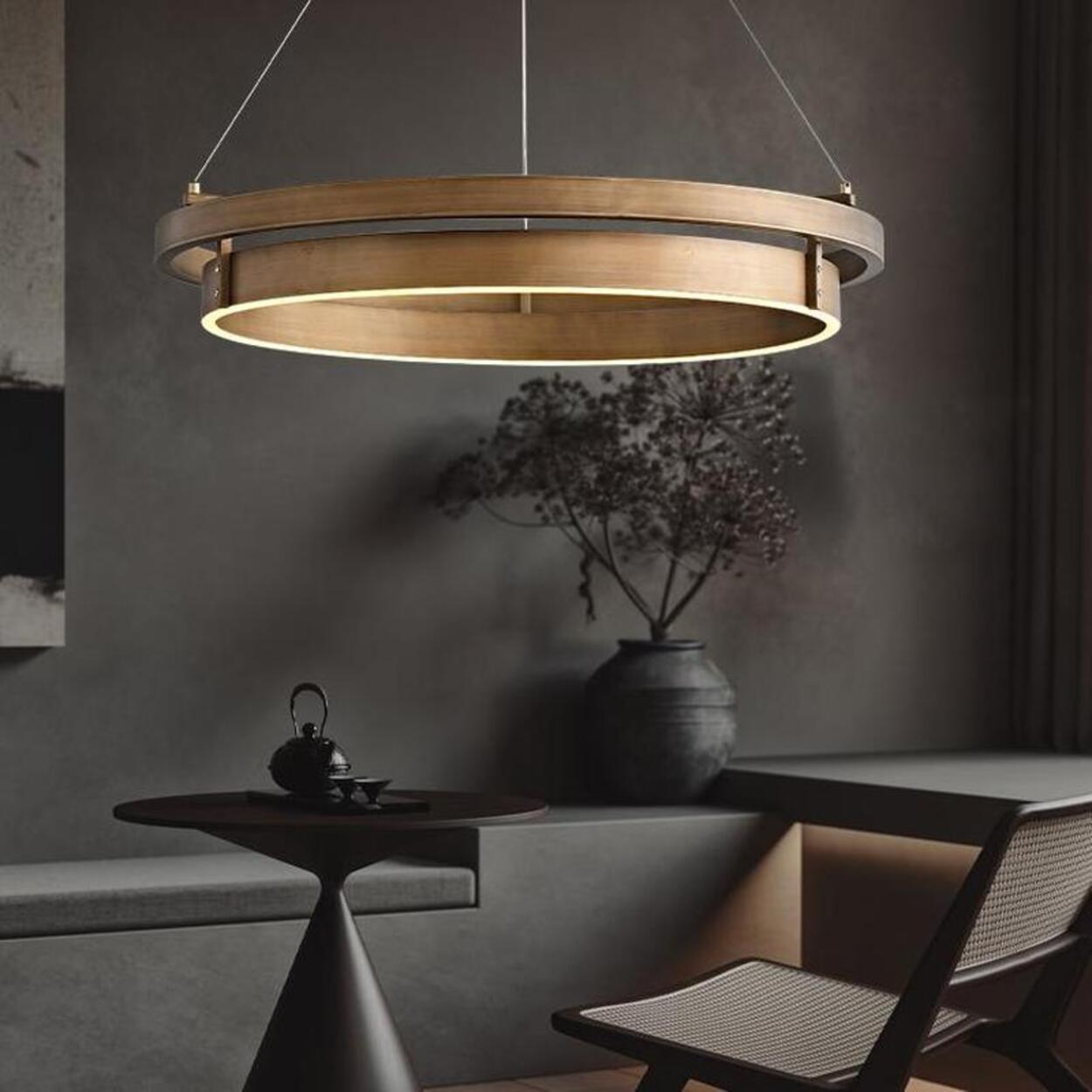
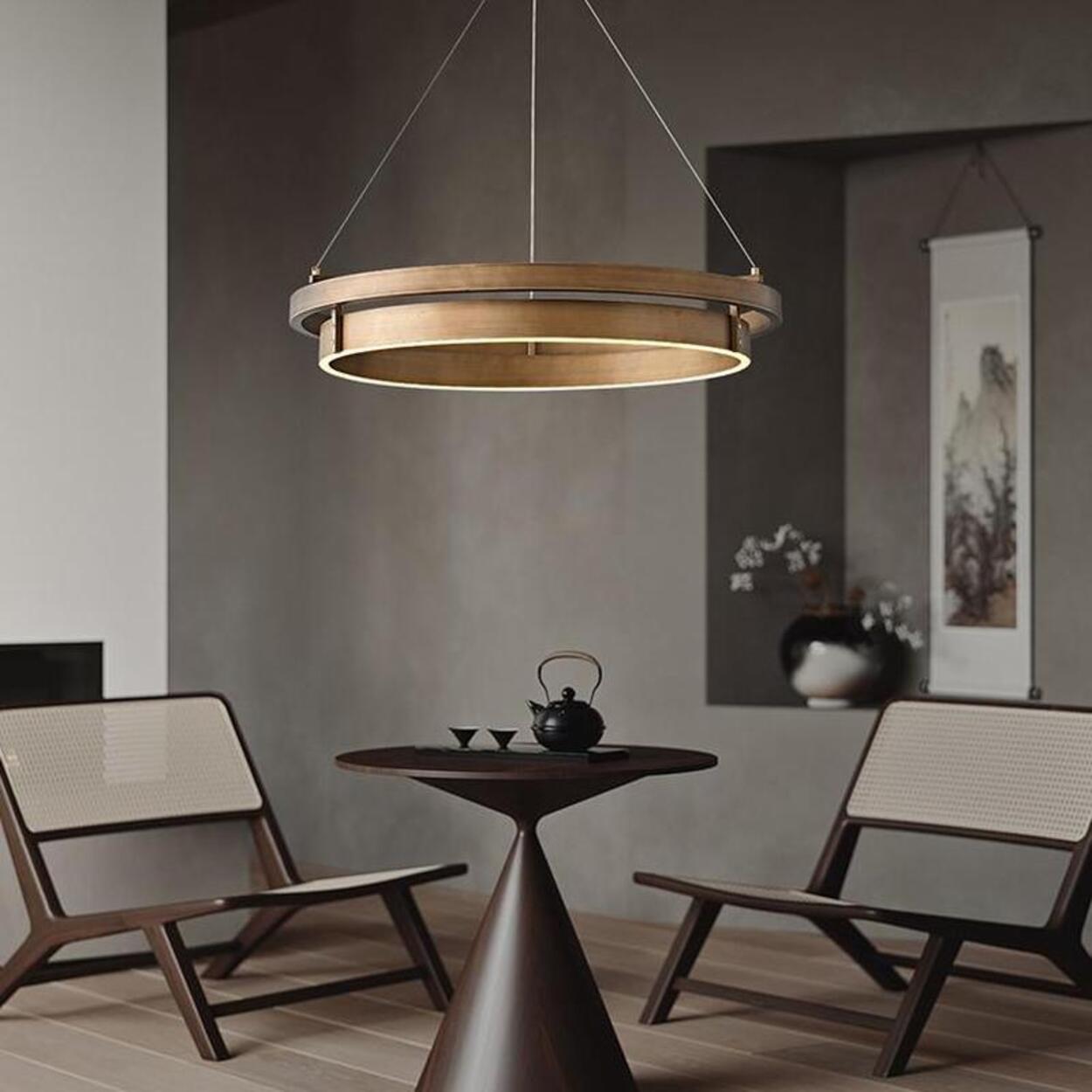
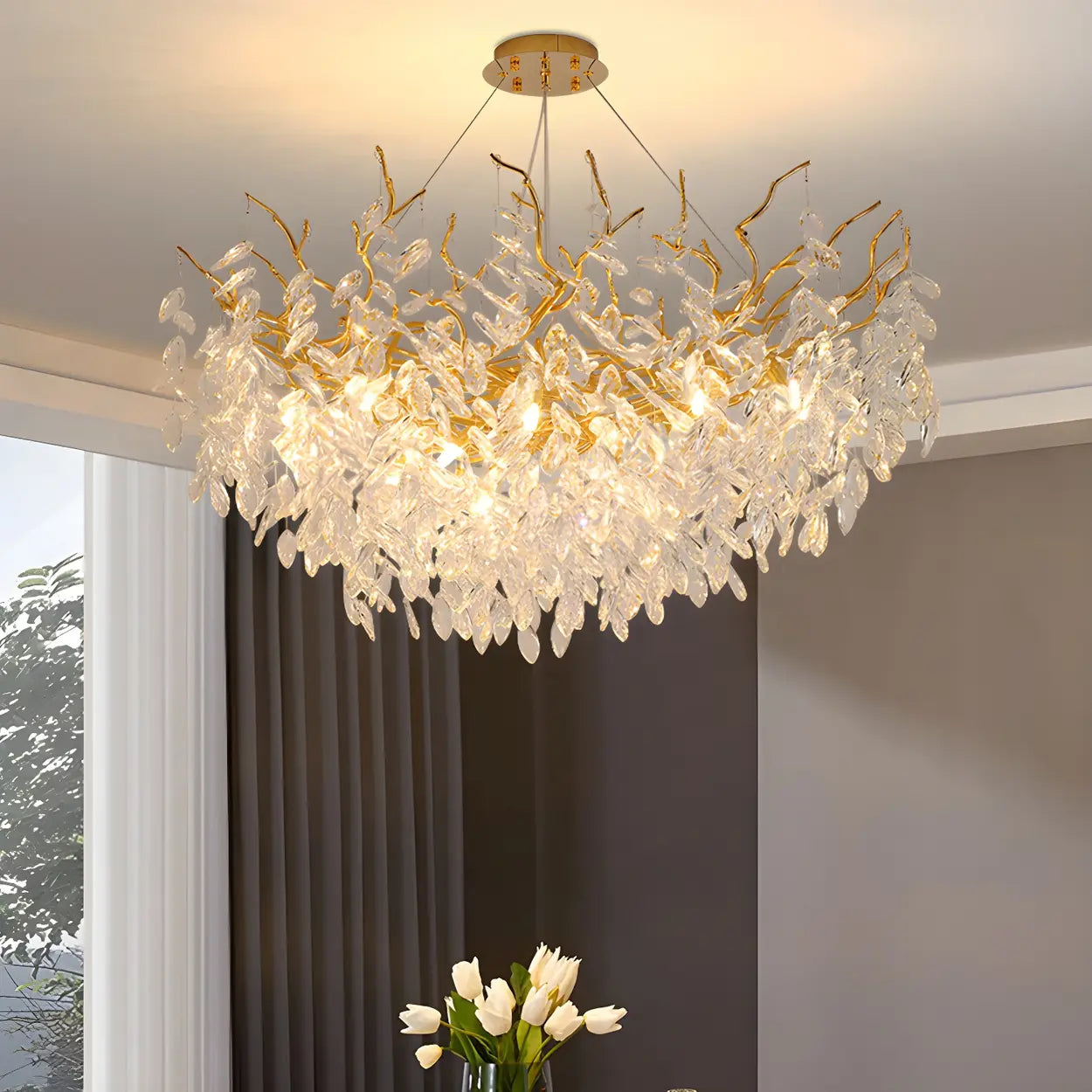
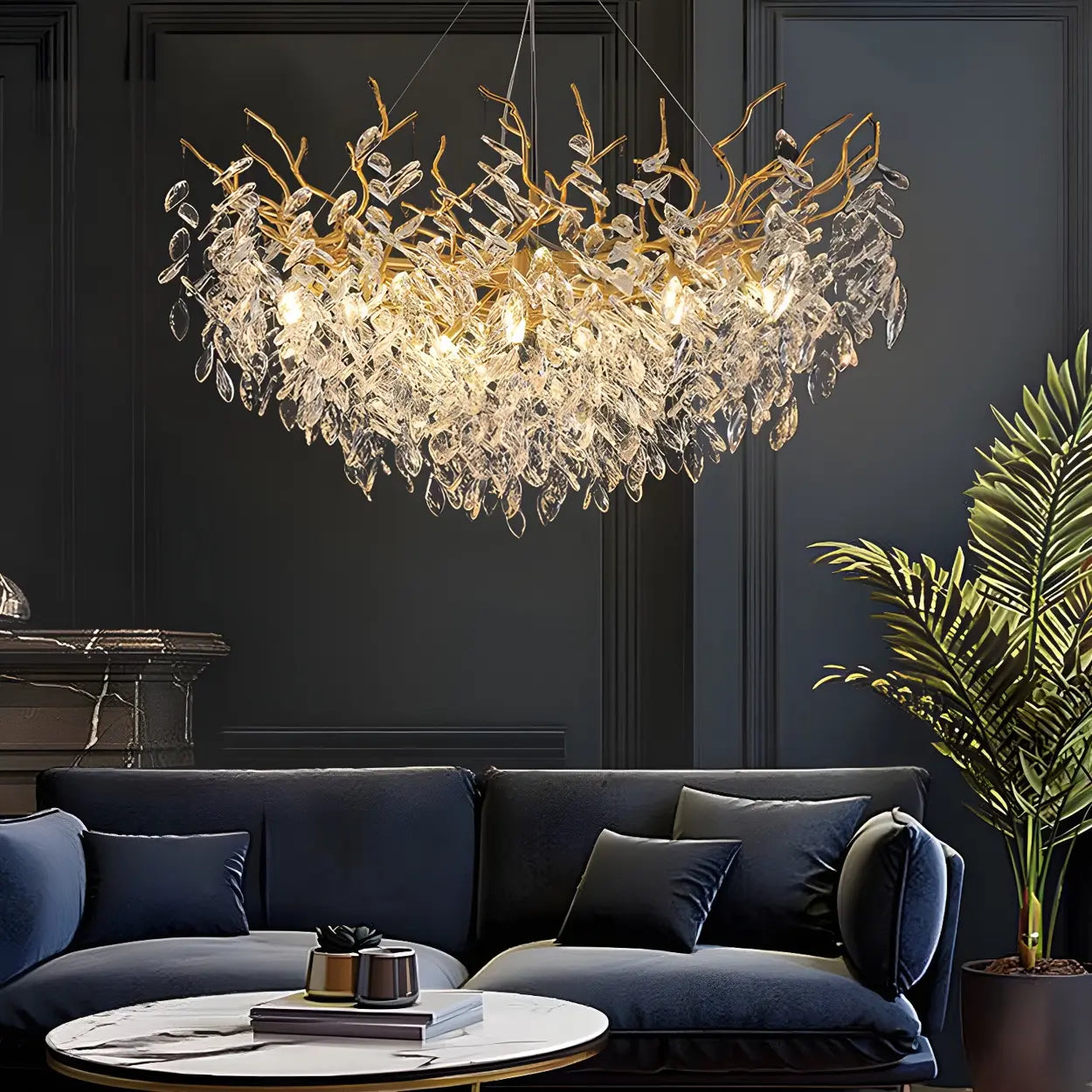
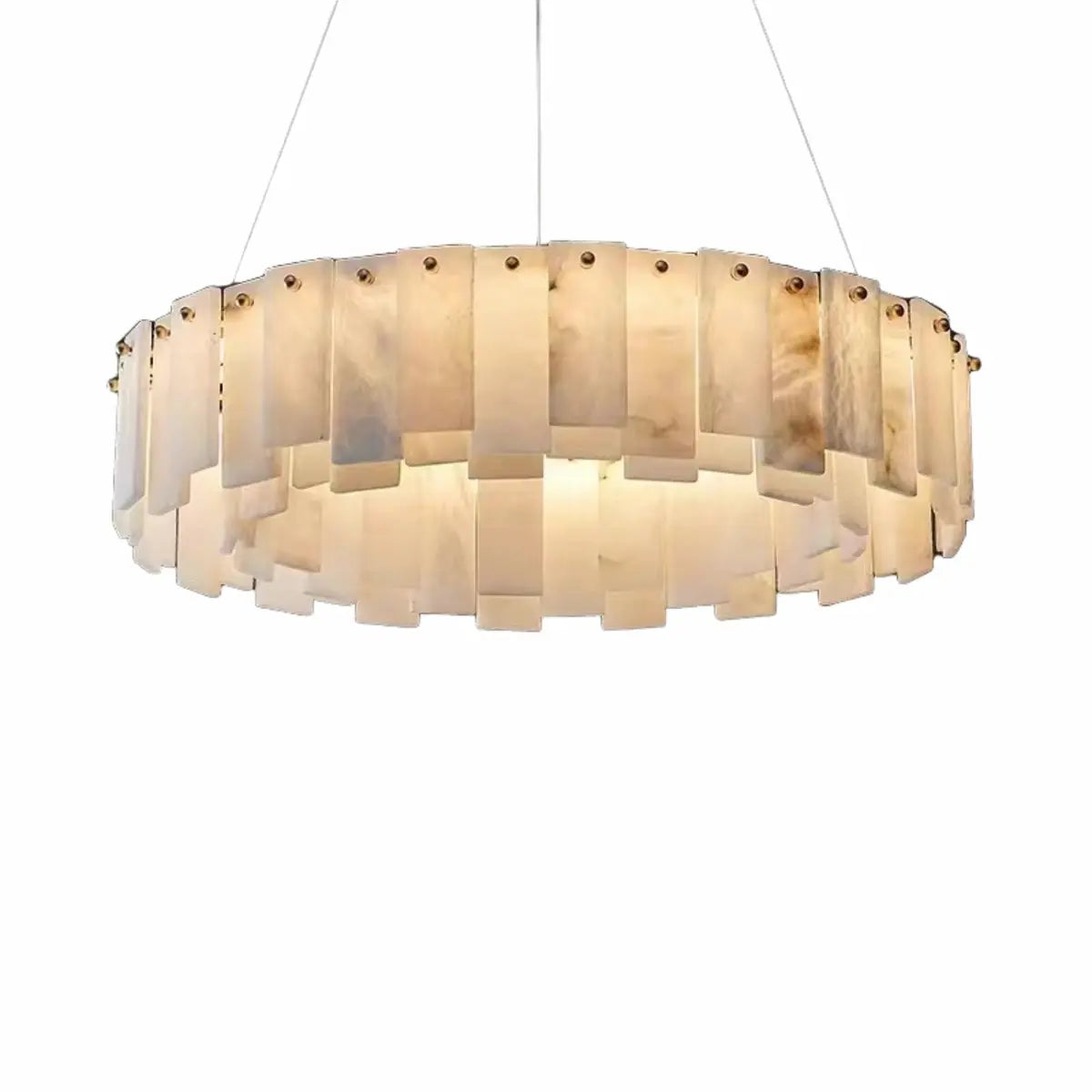
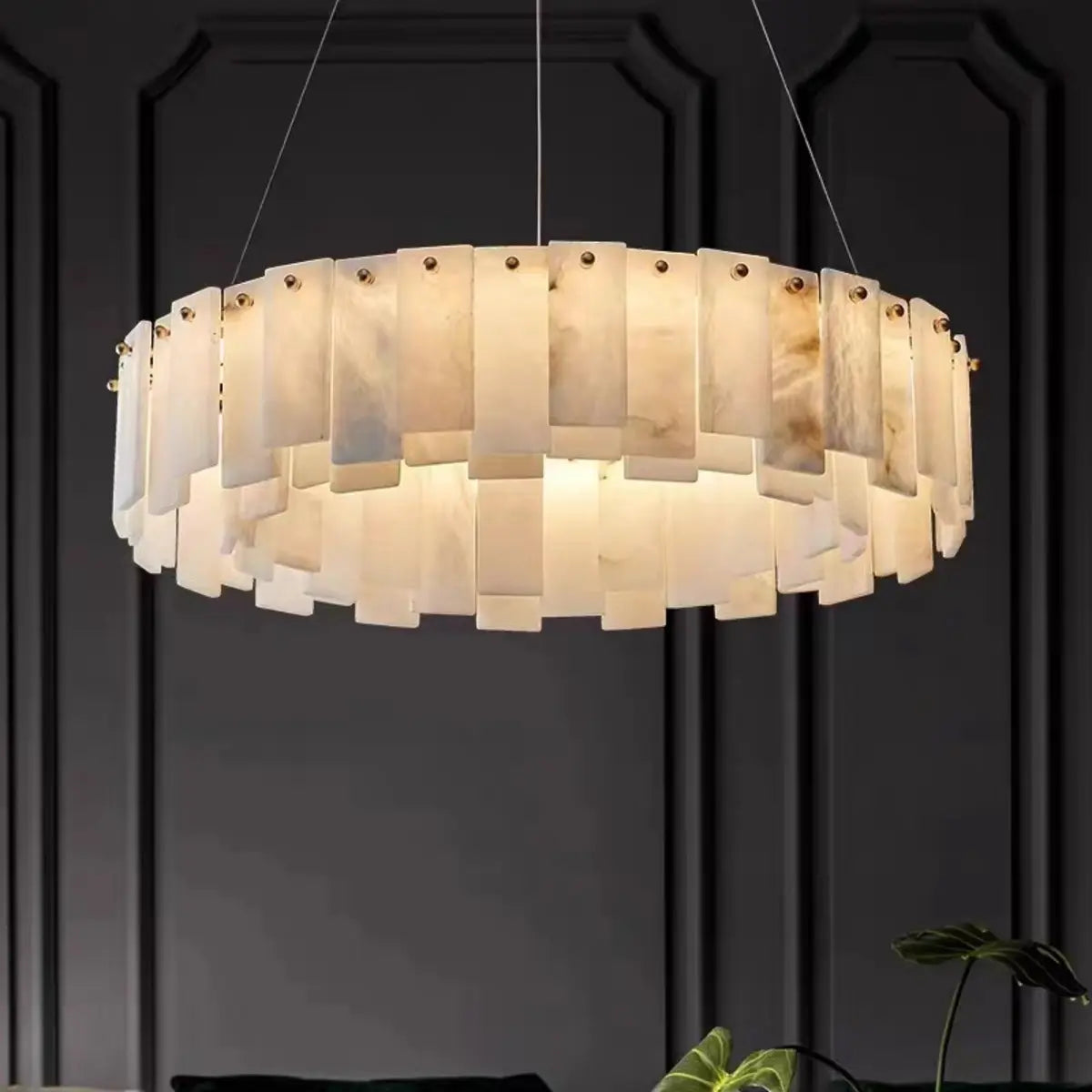
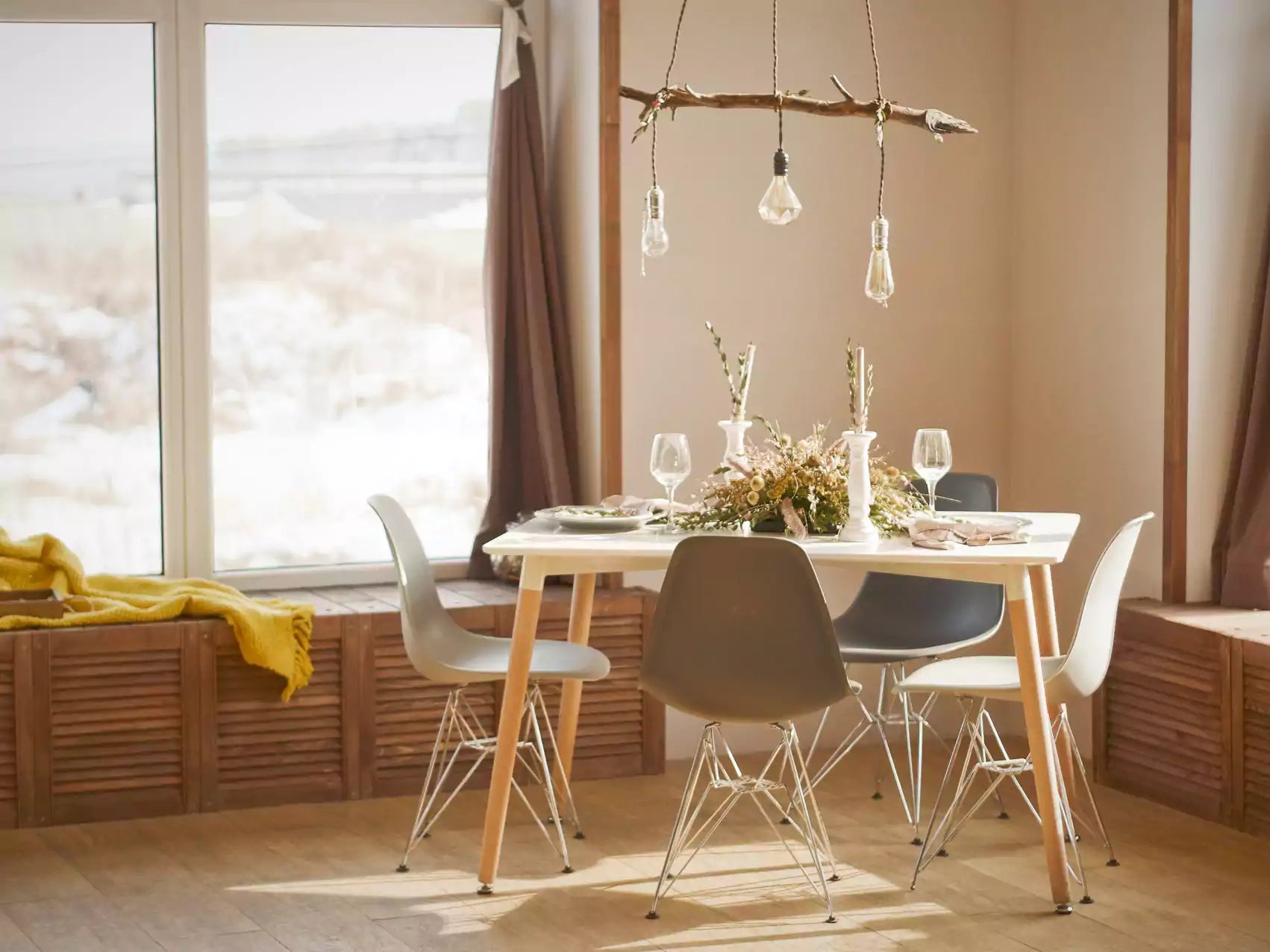
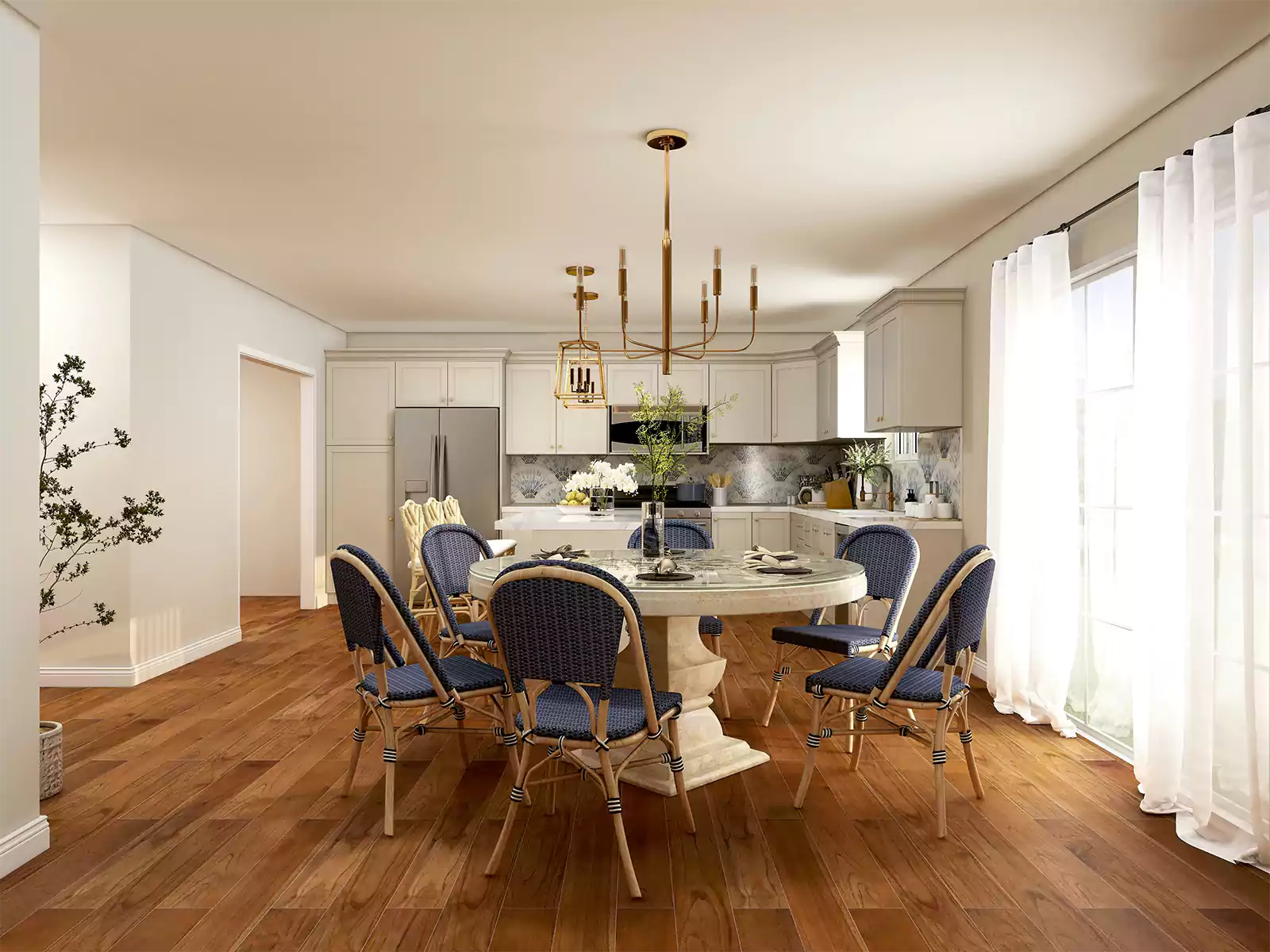
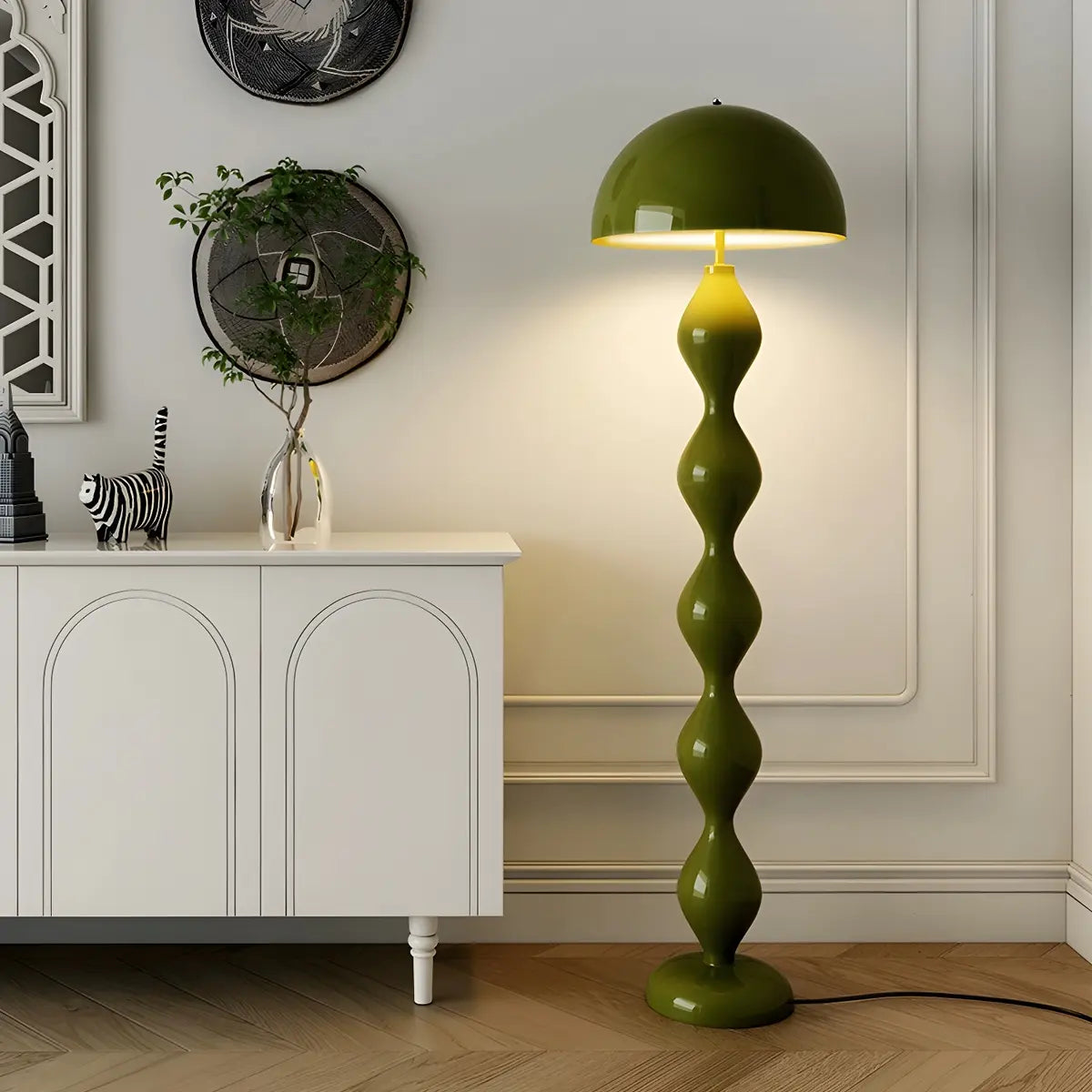
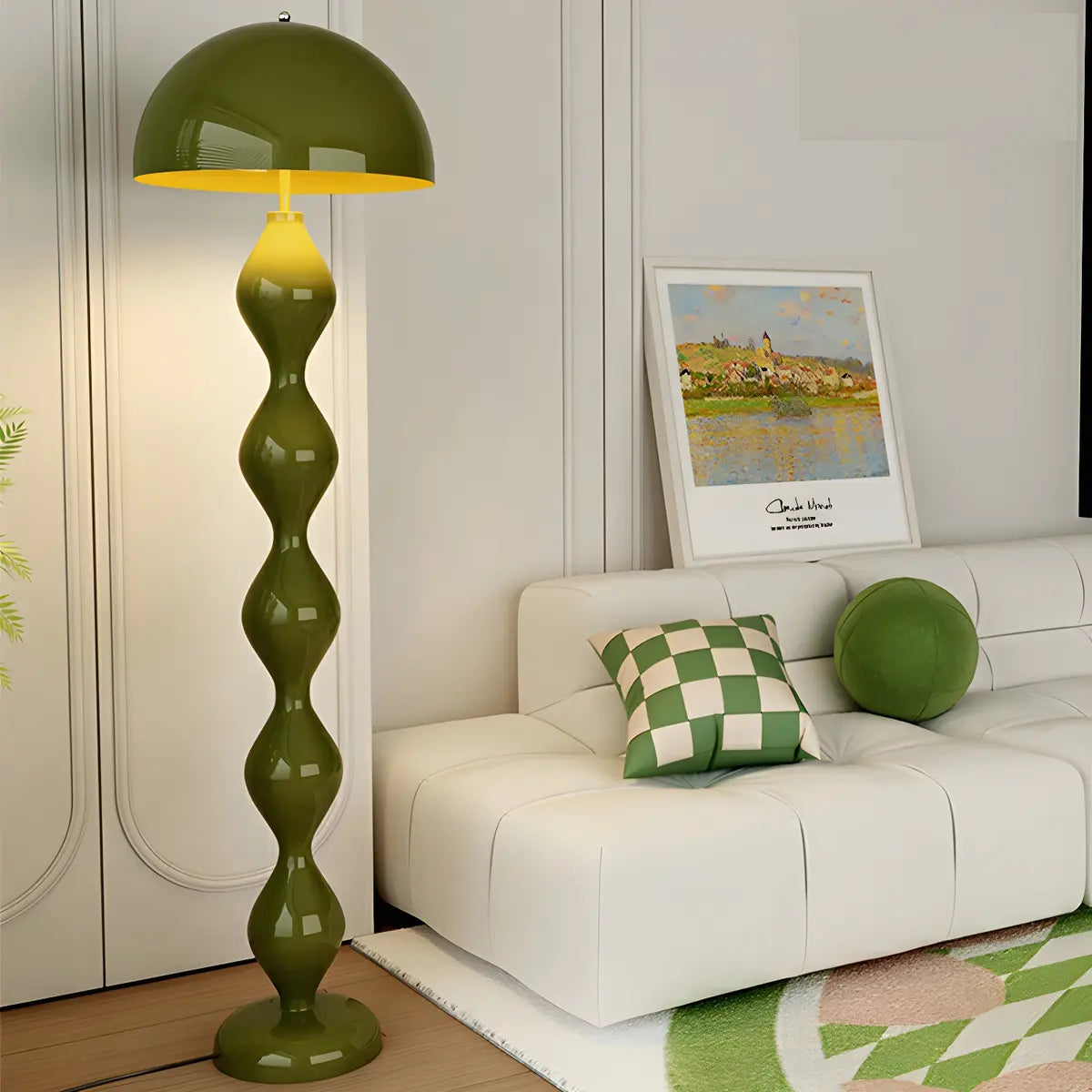
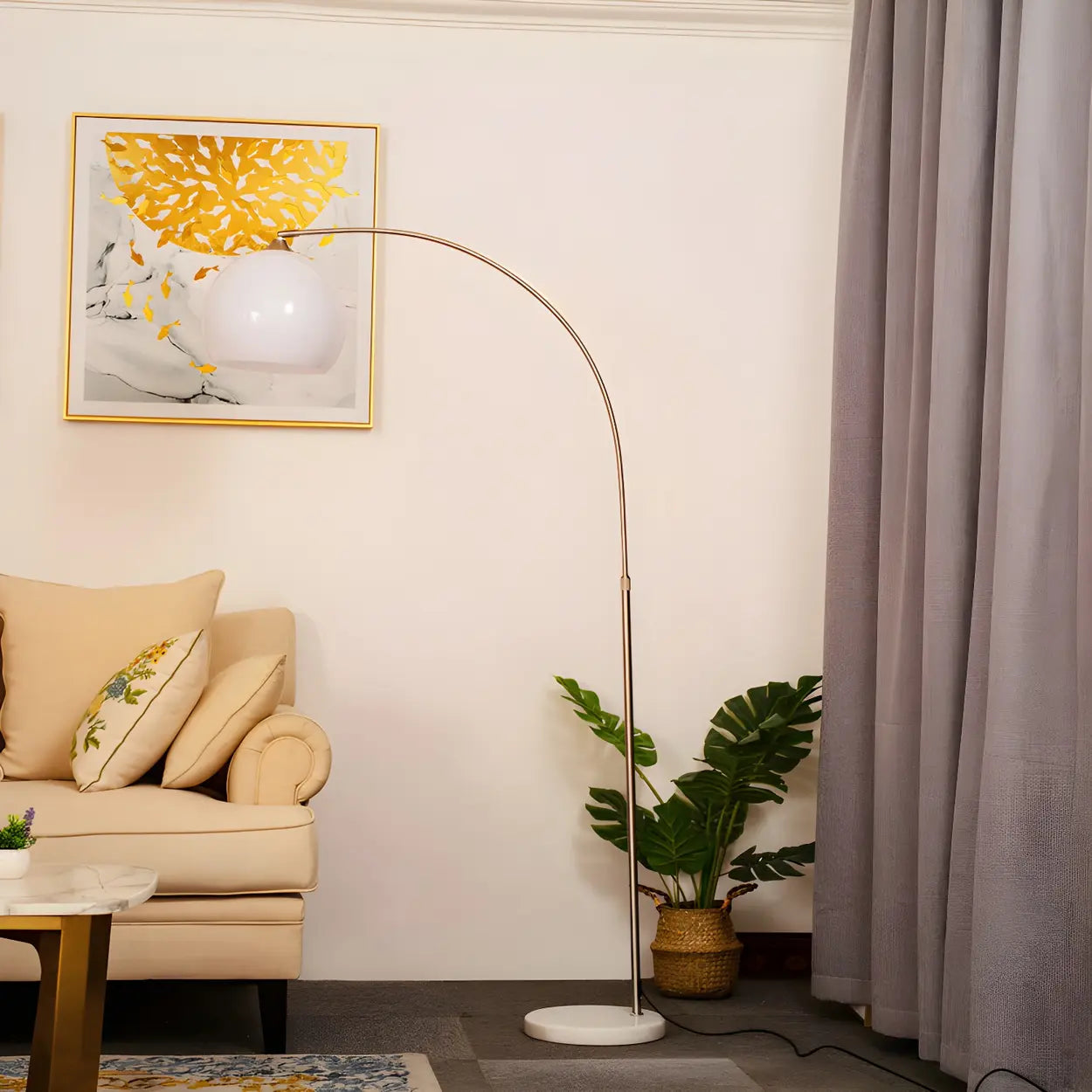
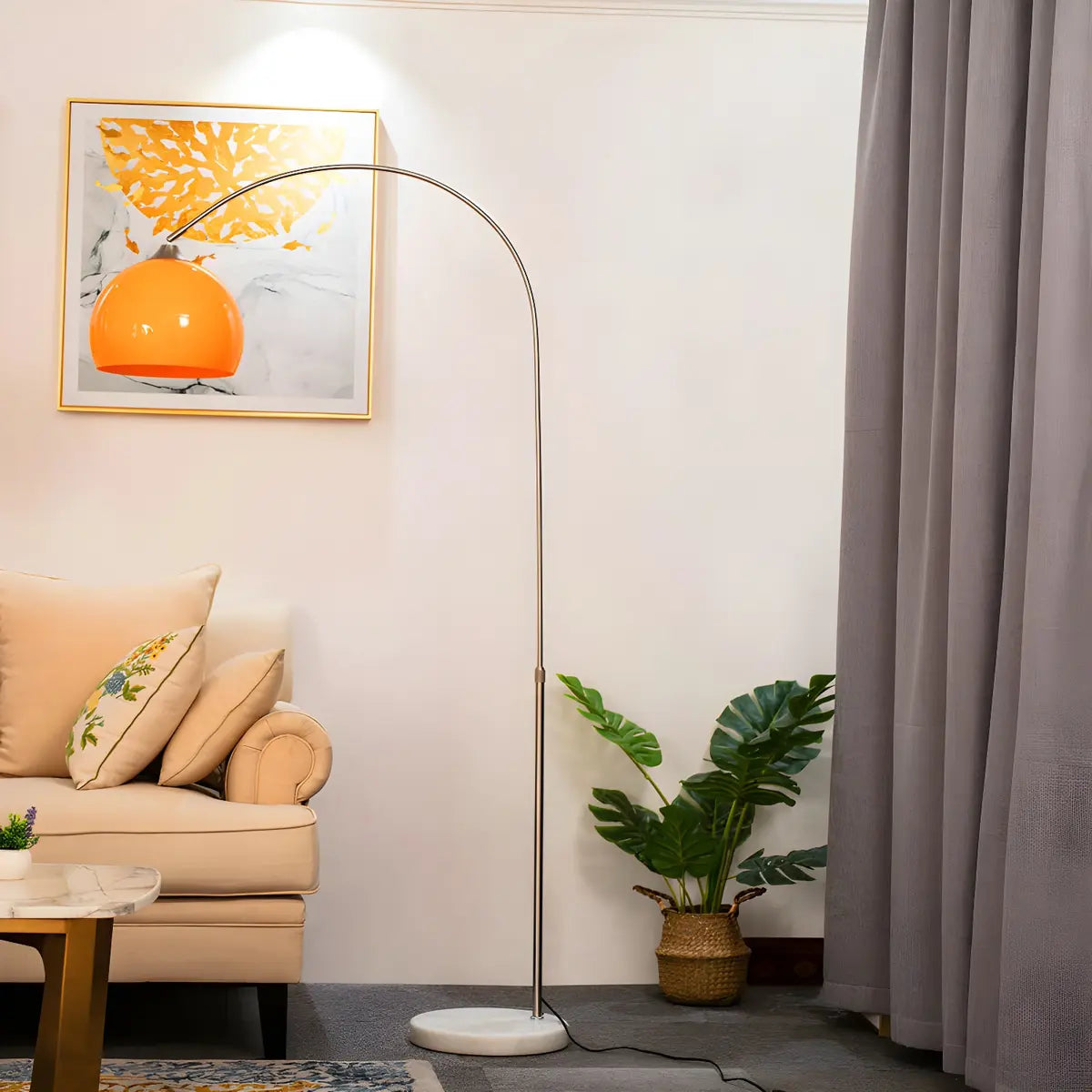

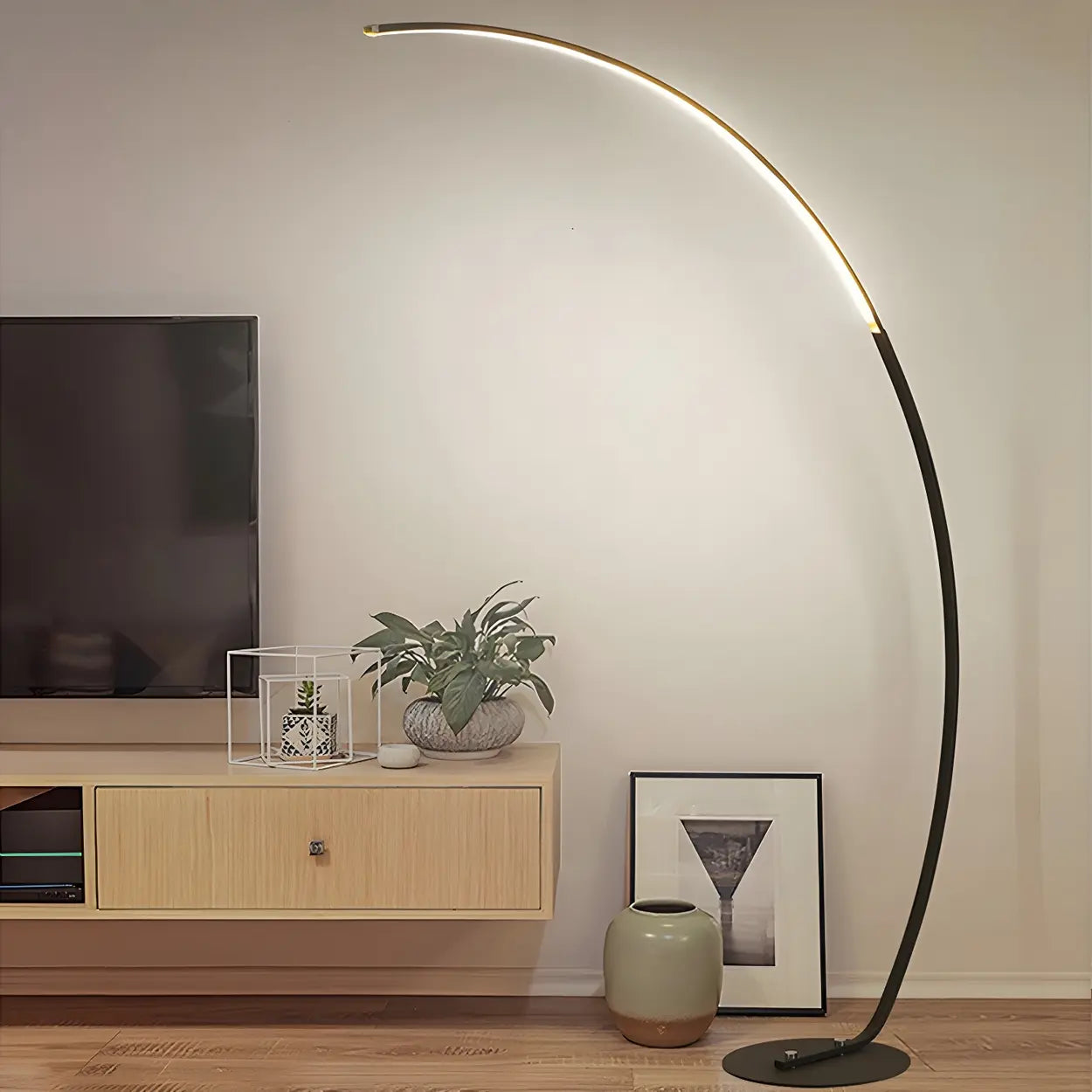
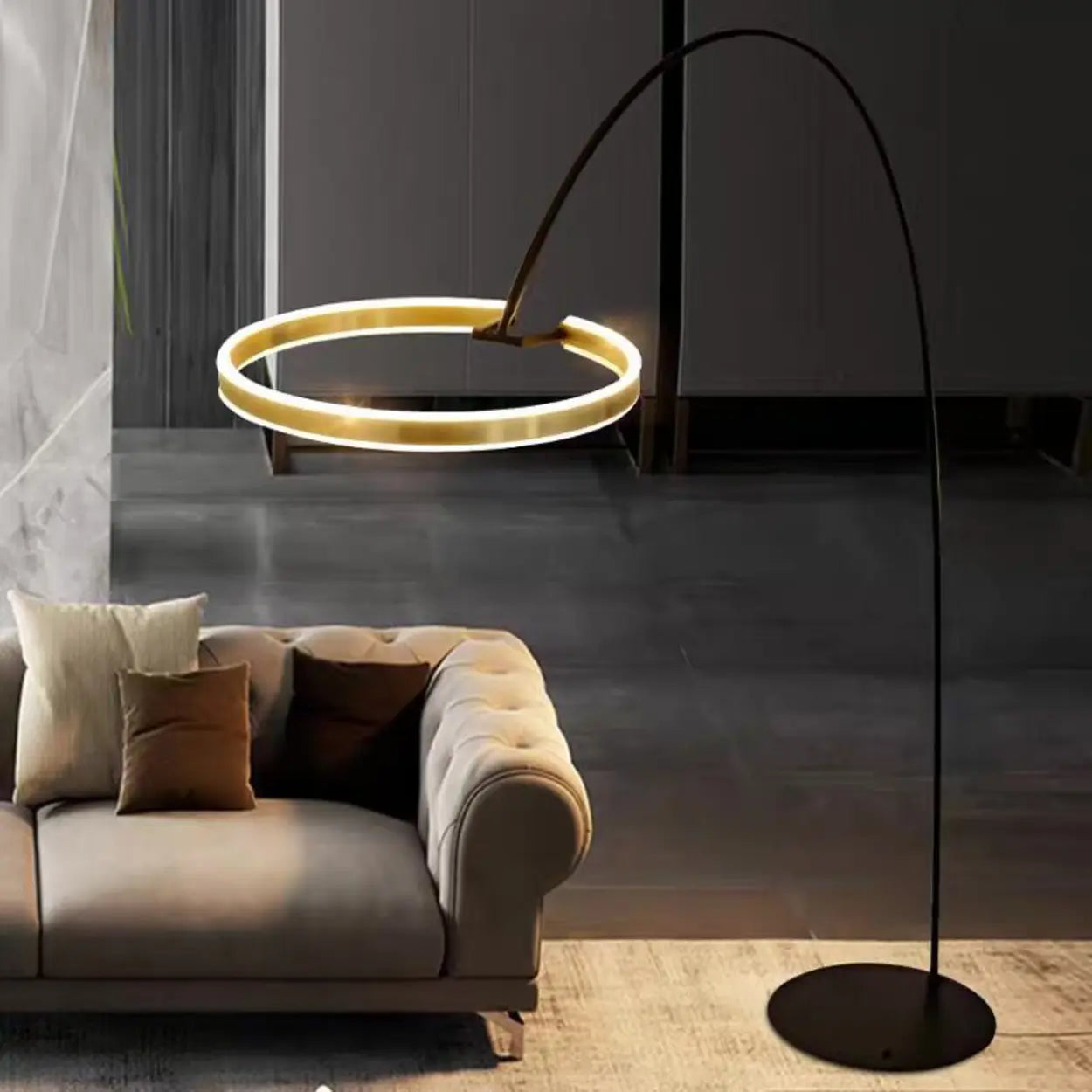
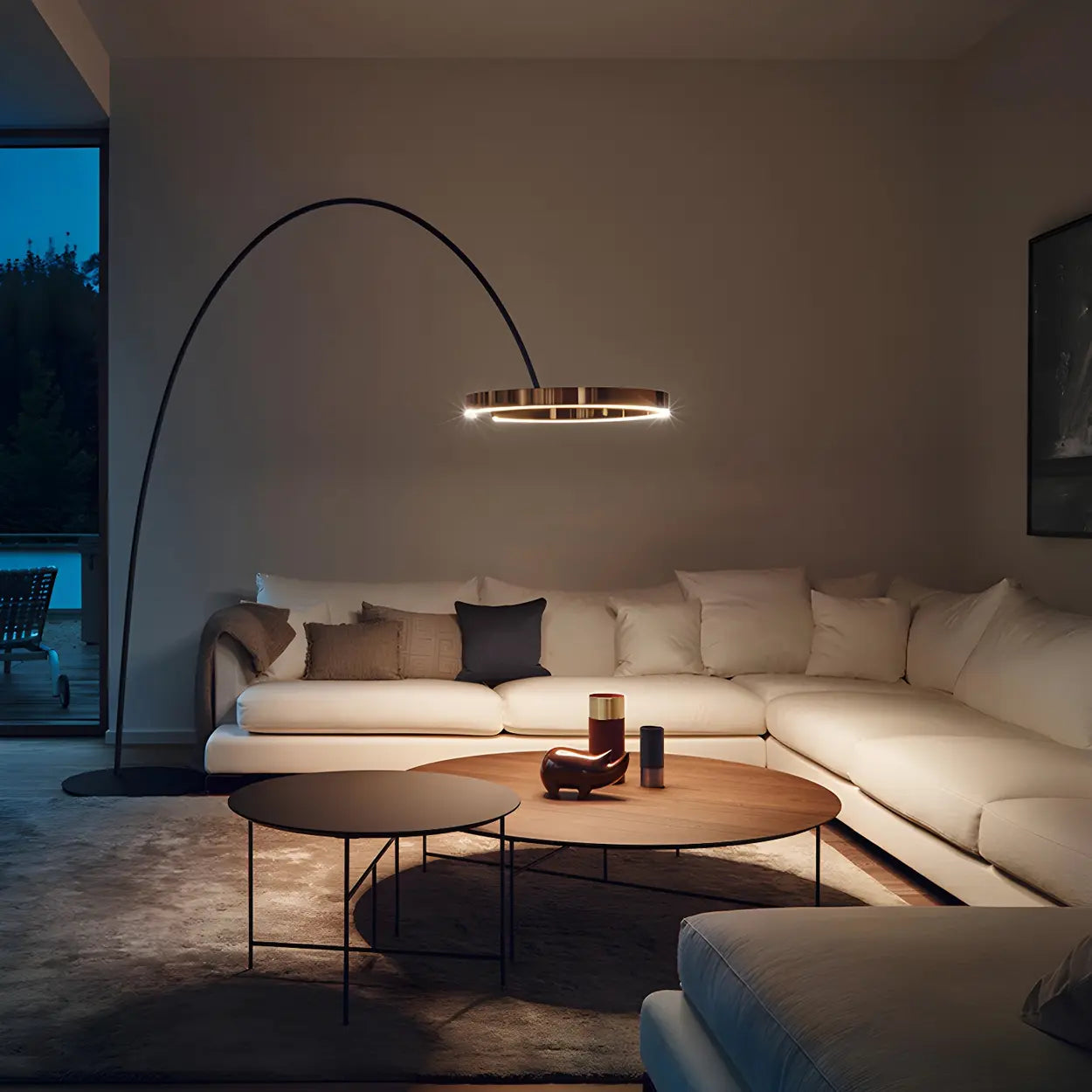
![10 Best Floor Lamp for Reading [2025 Review]](http://www.homebaa.com/cdn/shop/articles/banner_c990b0a4-4743-4902-b6be-5609f7a21a90.webp?v=1747357941)


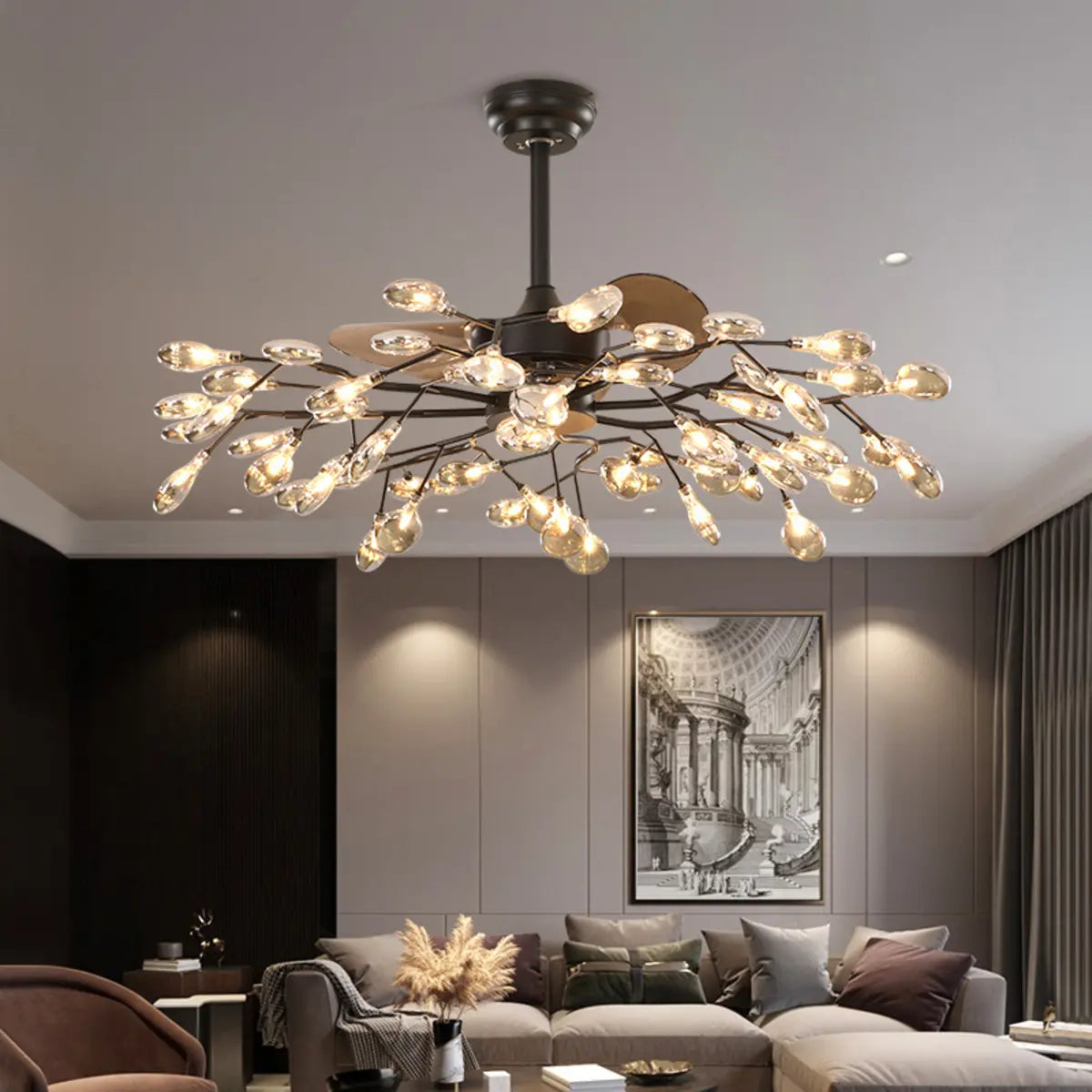
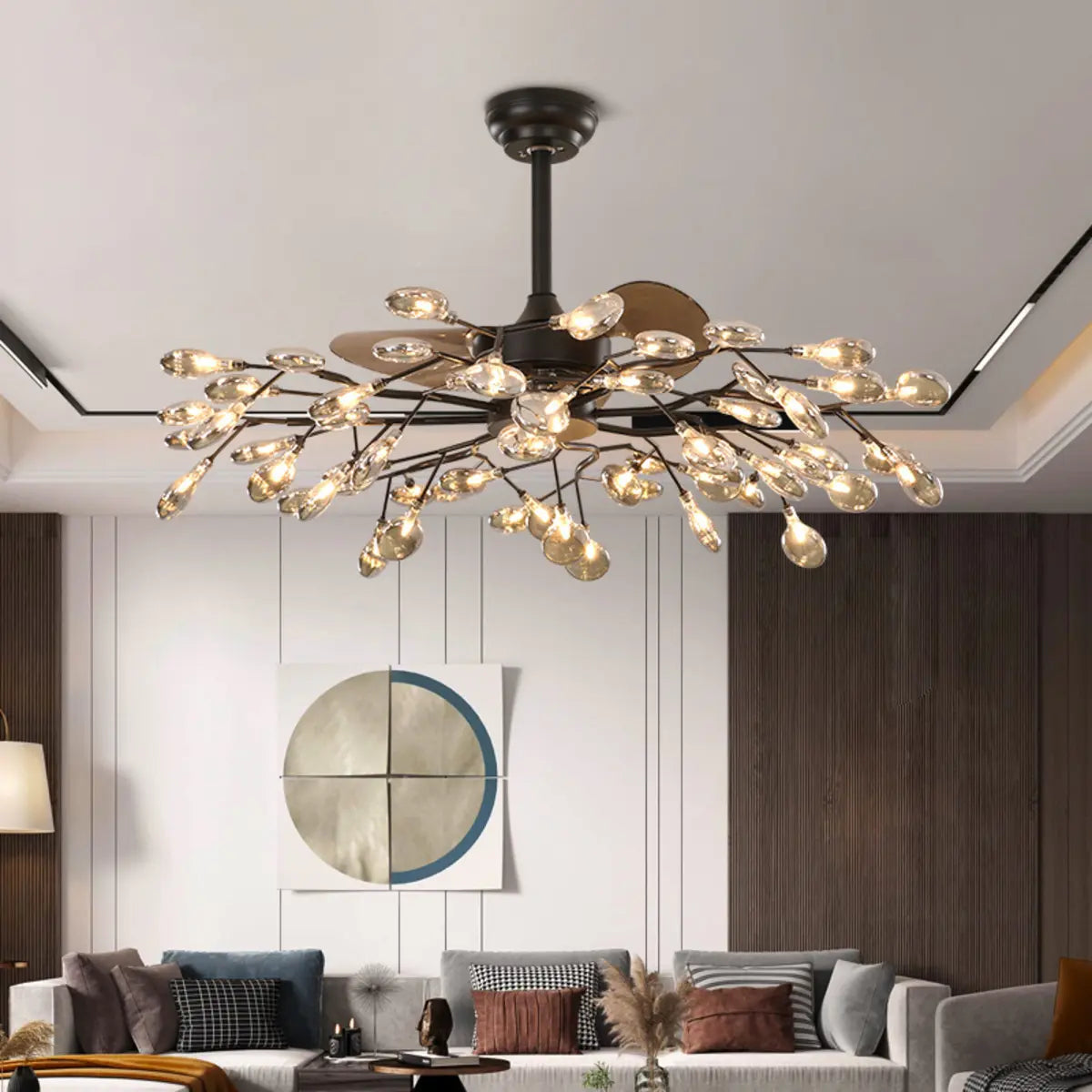
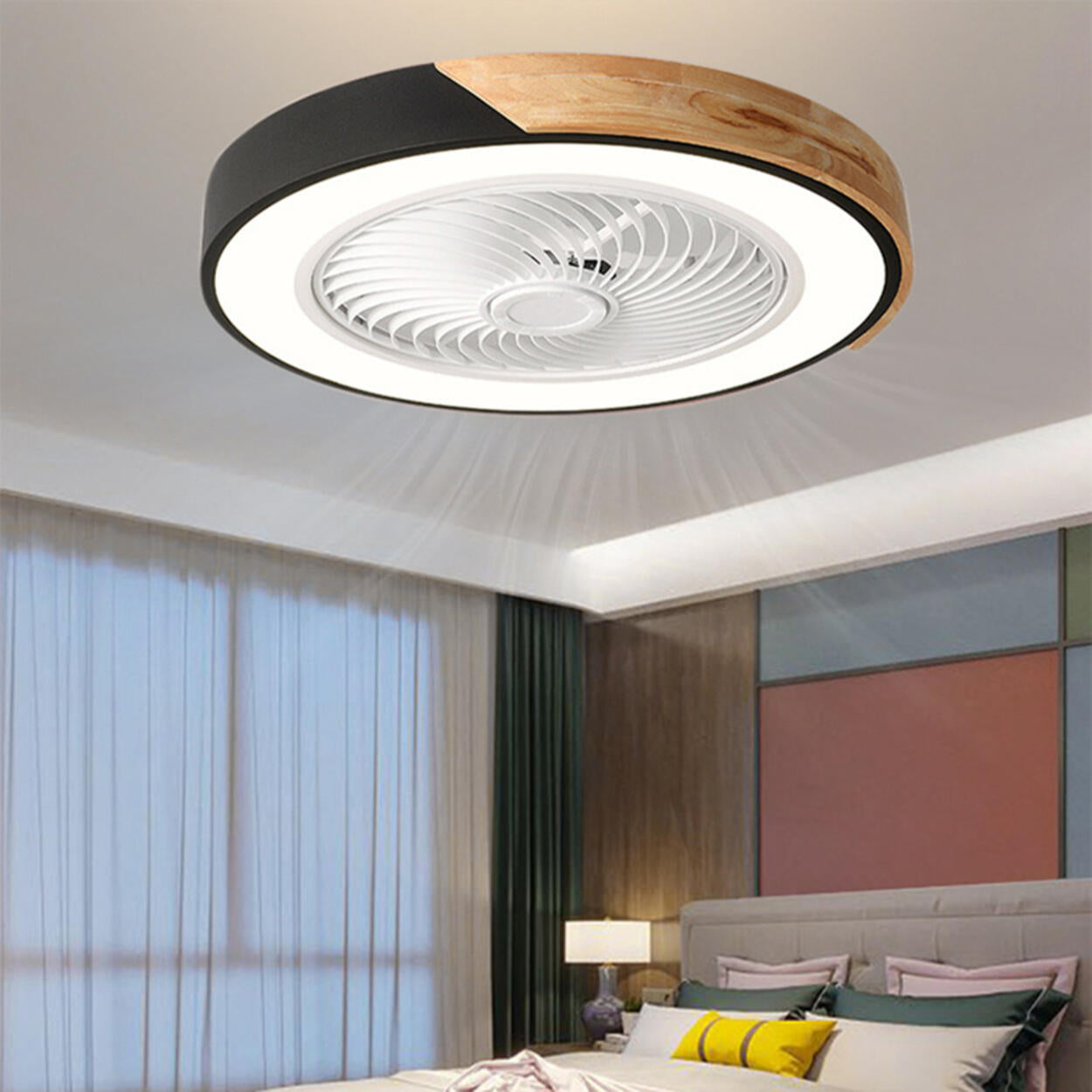
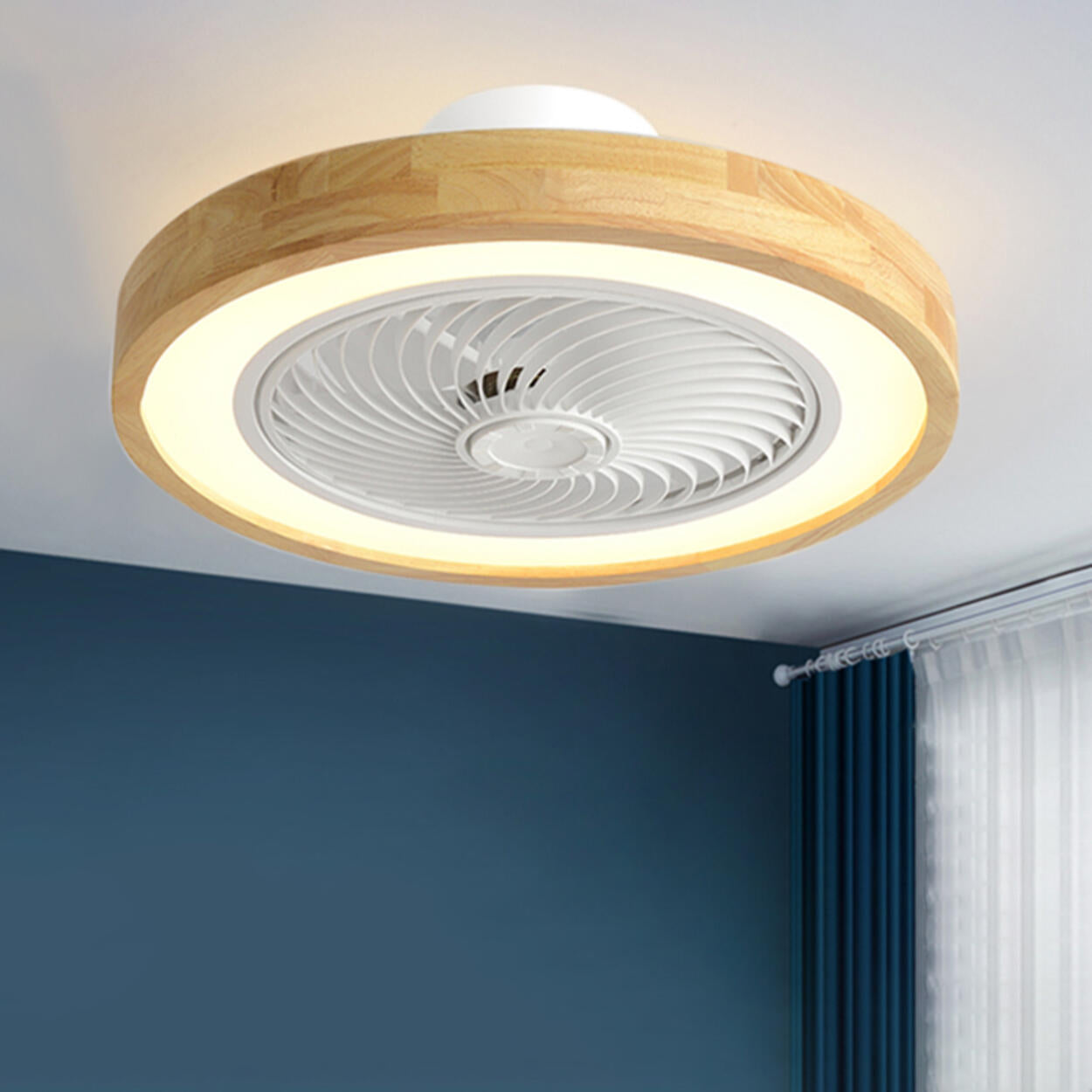


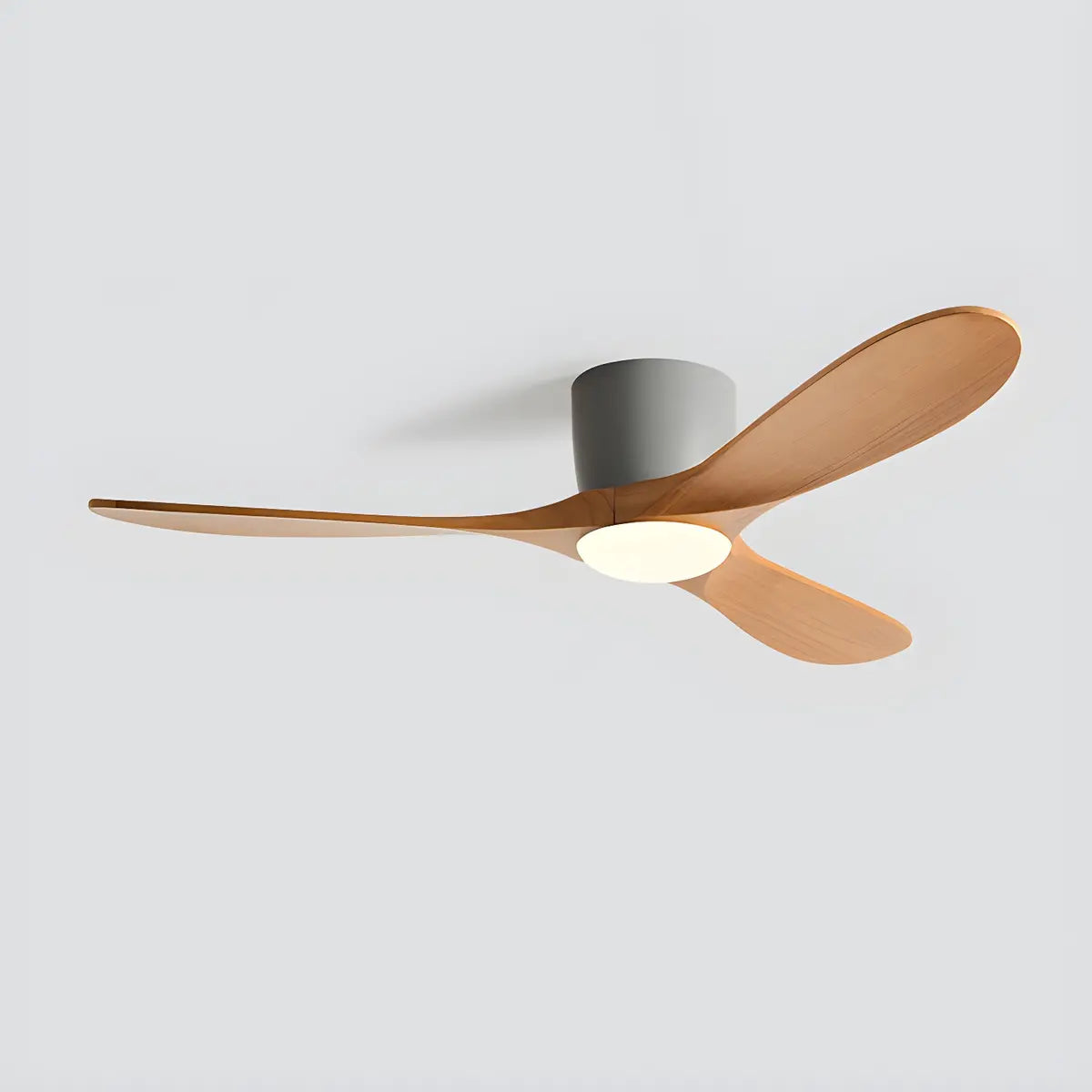
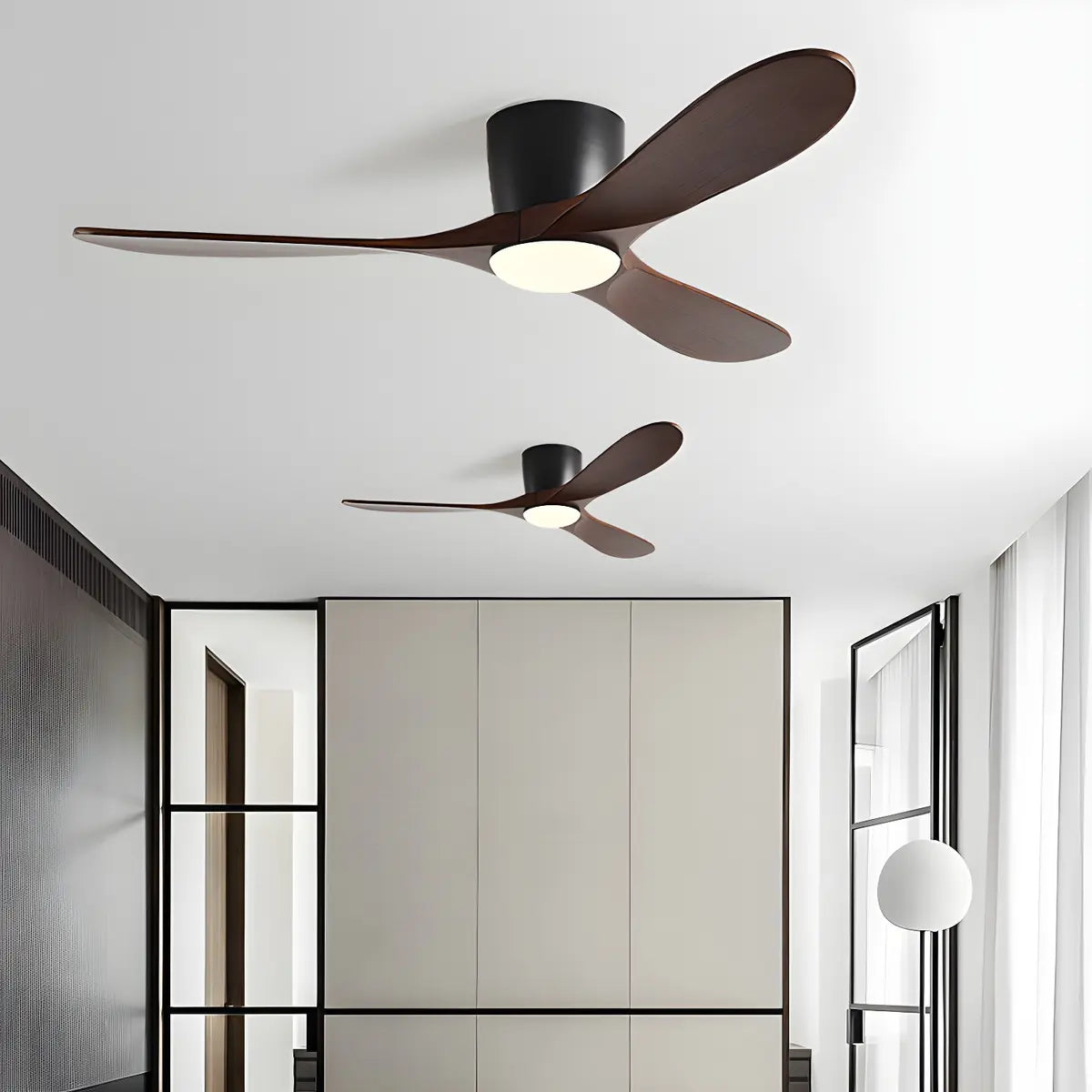
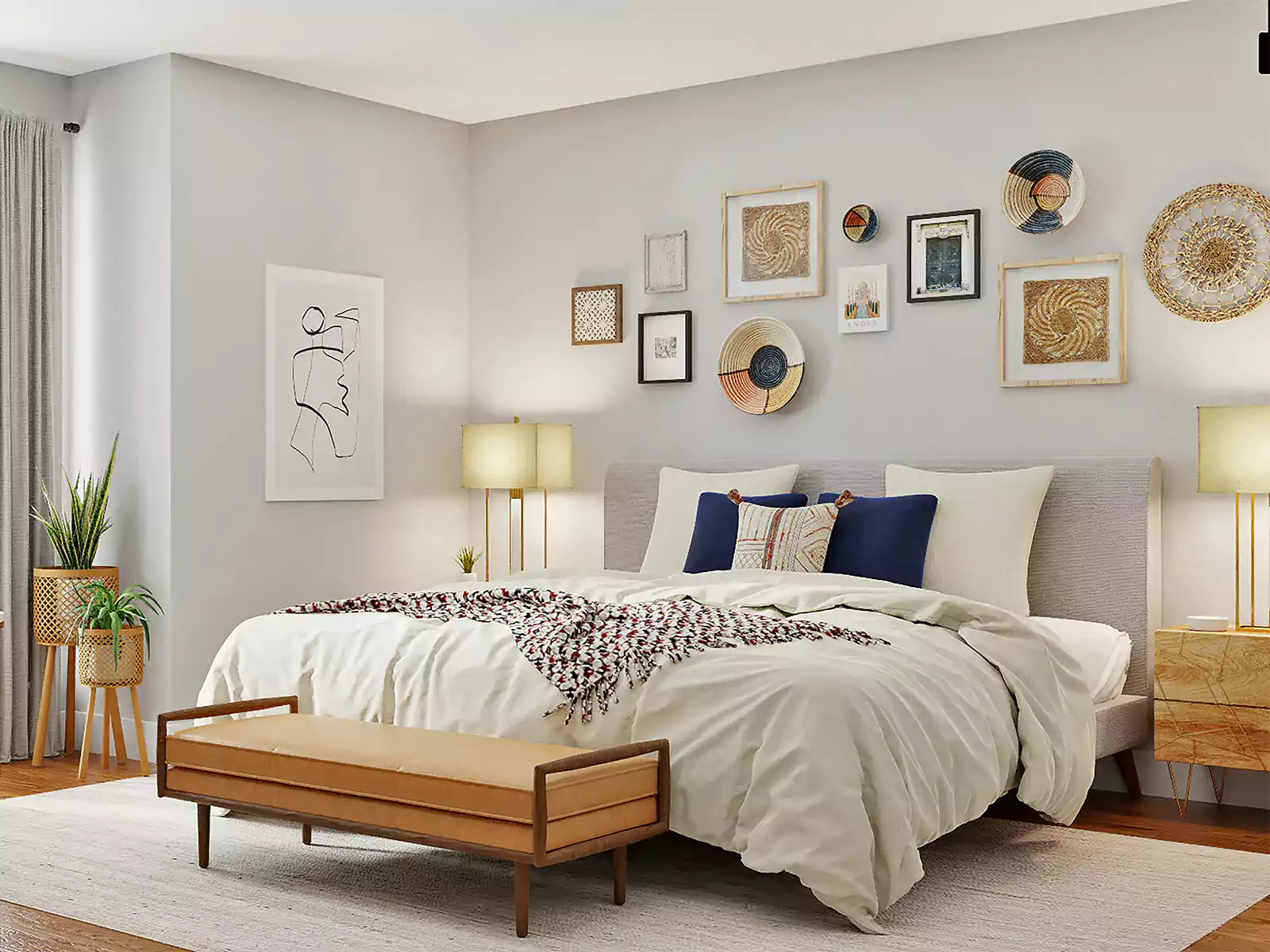

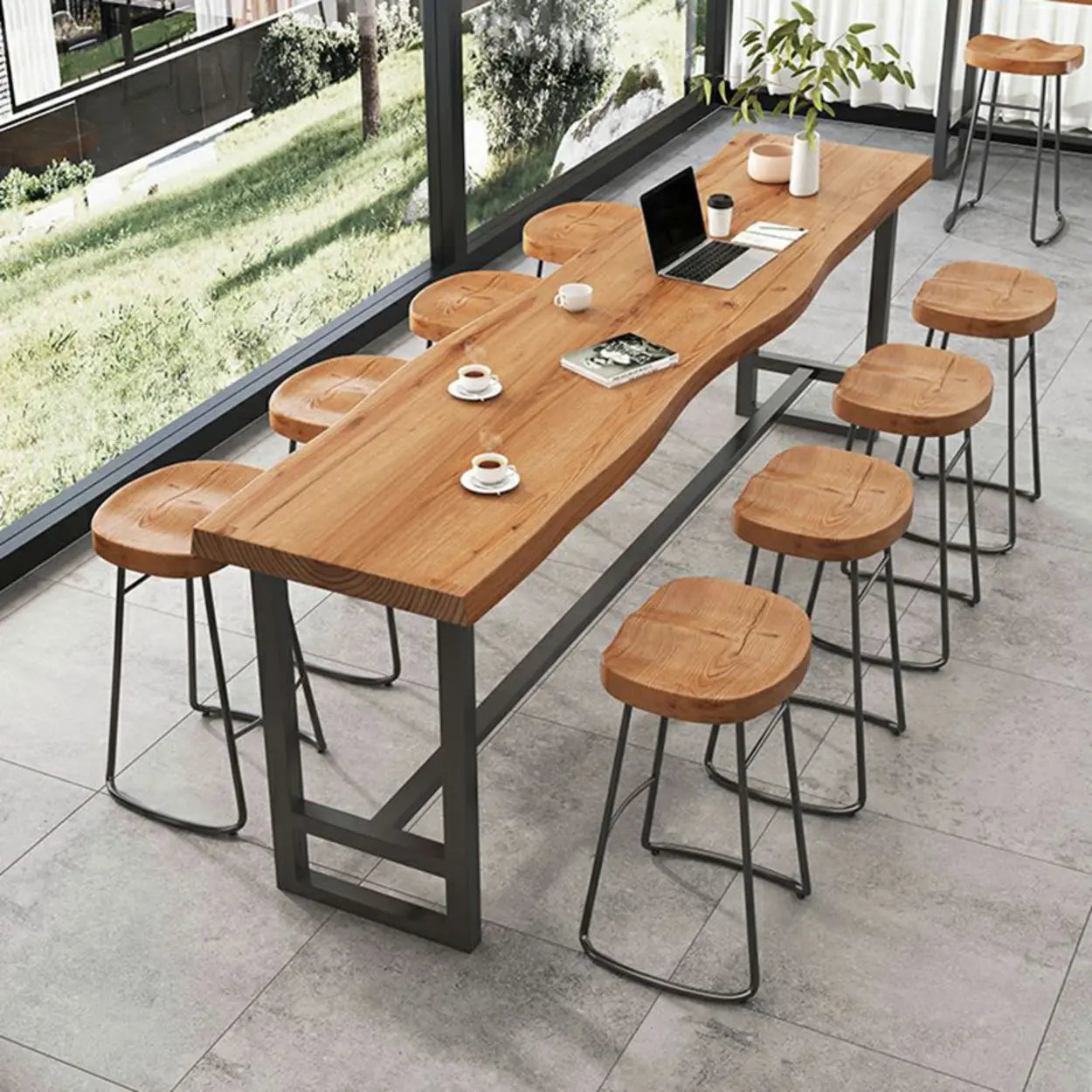
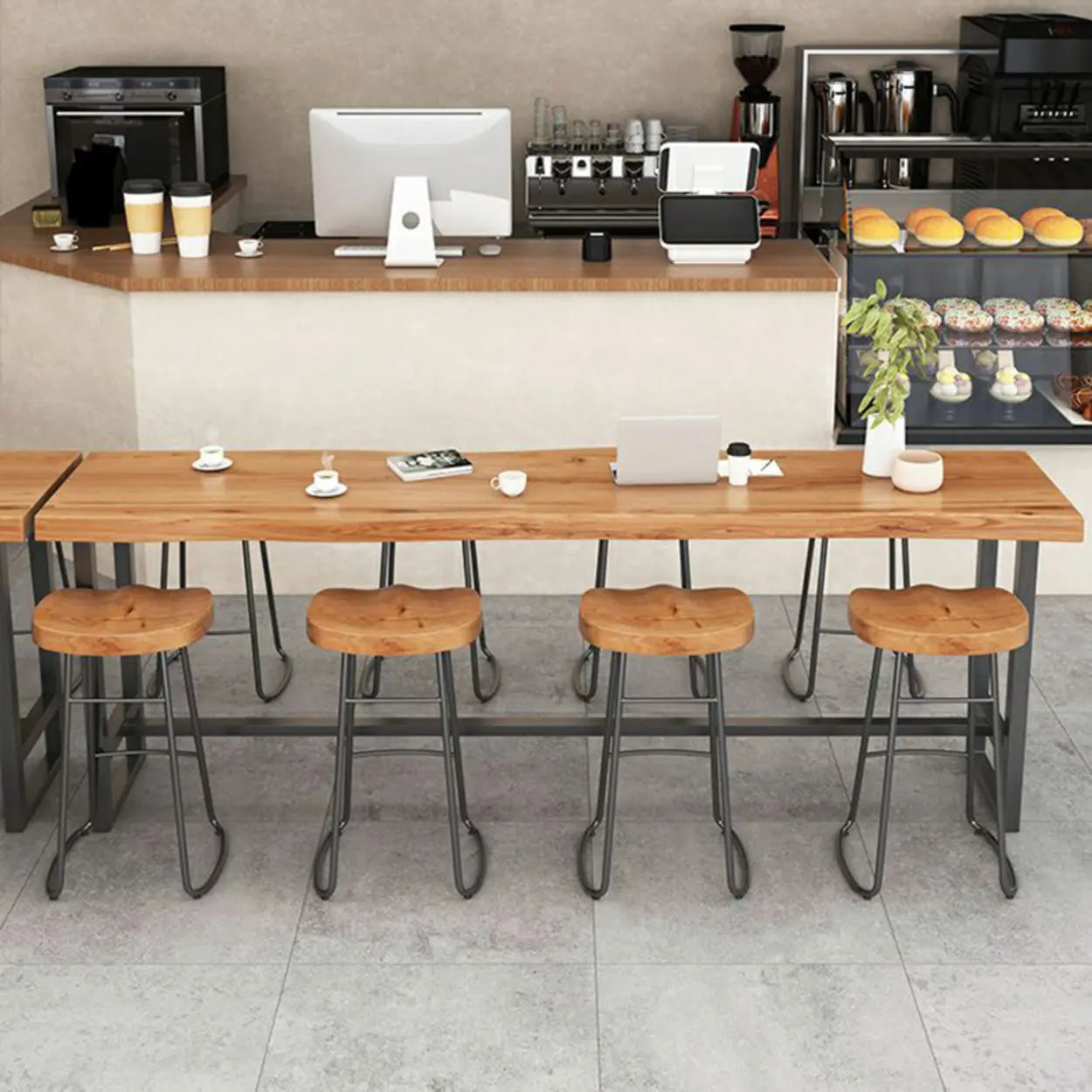
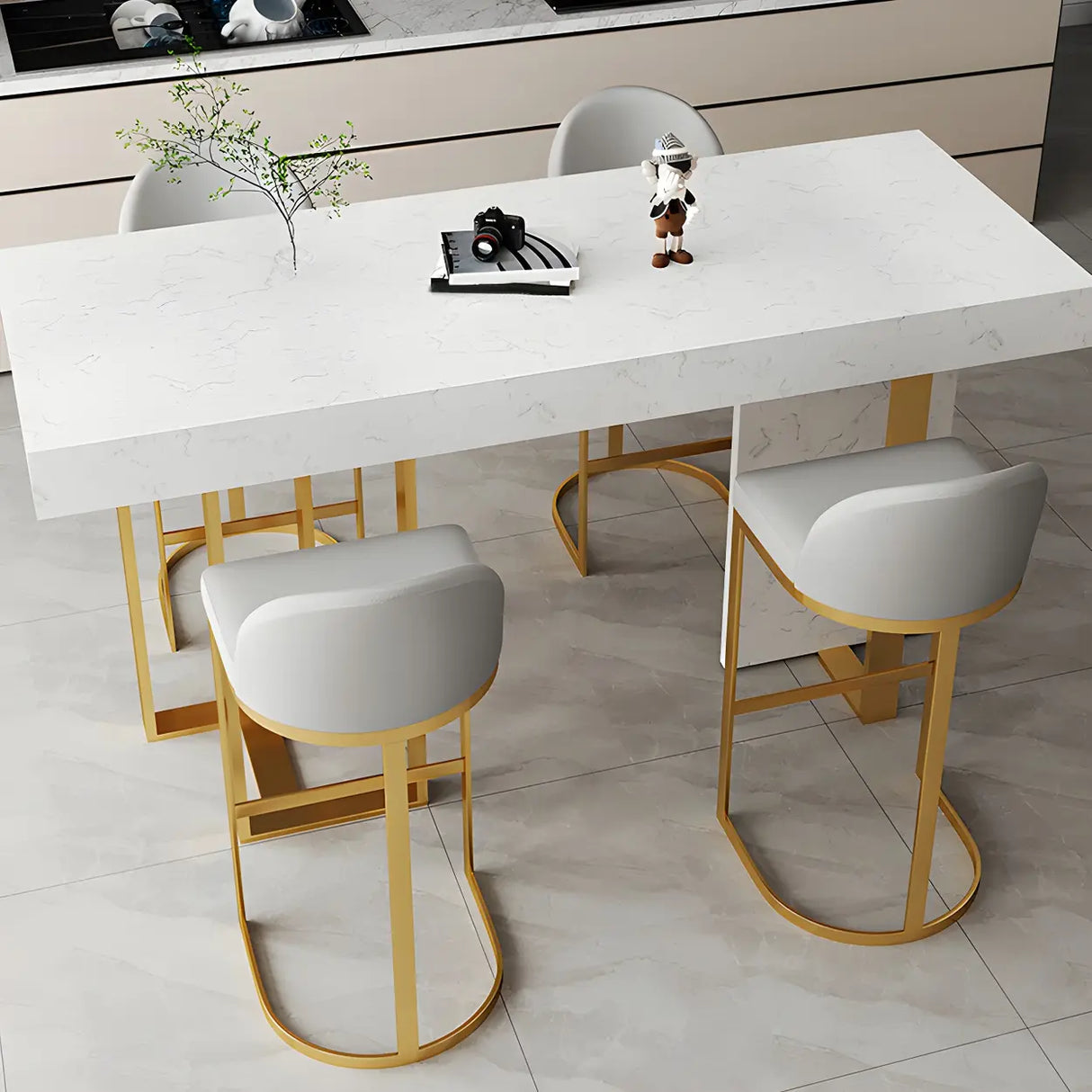
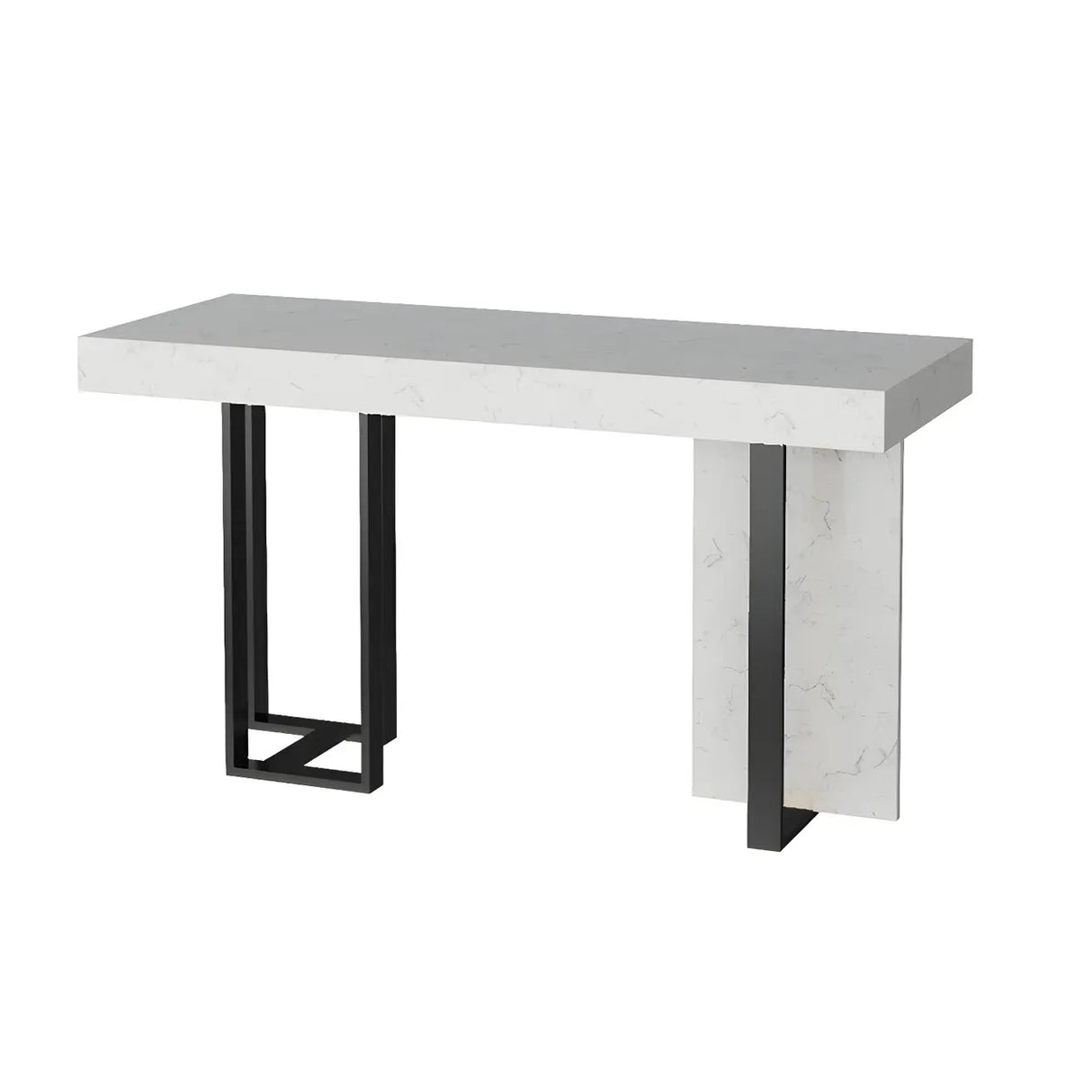
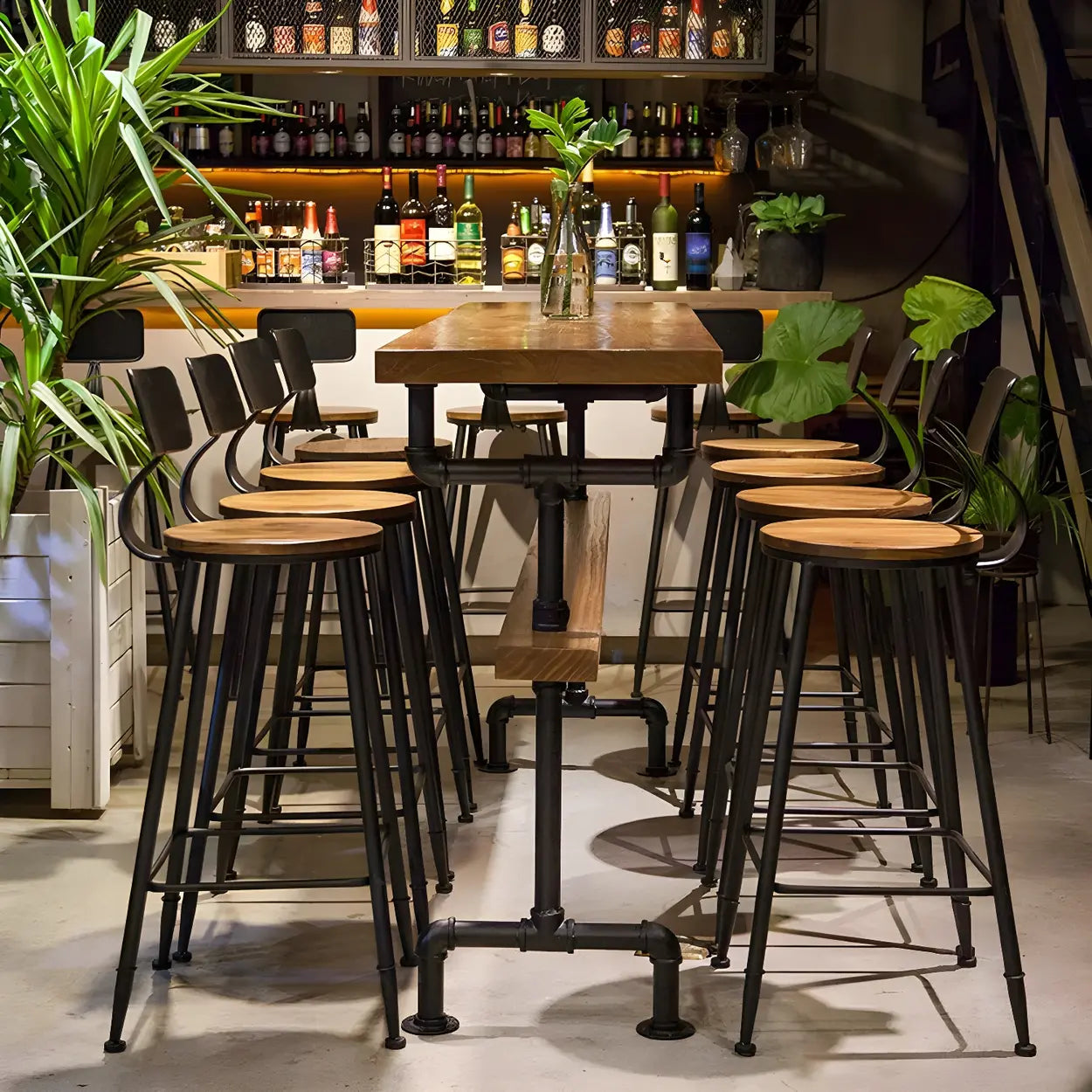
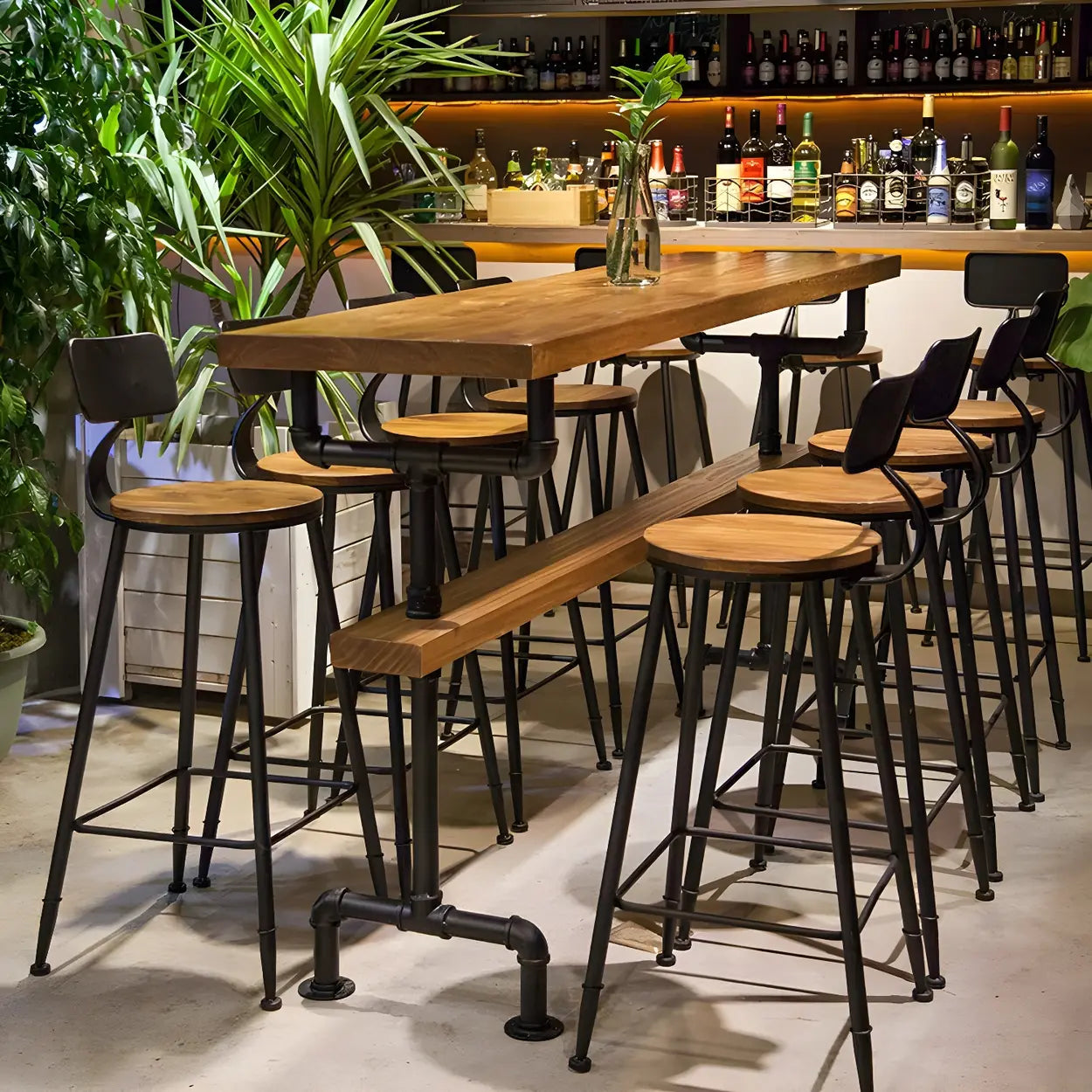
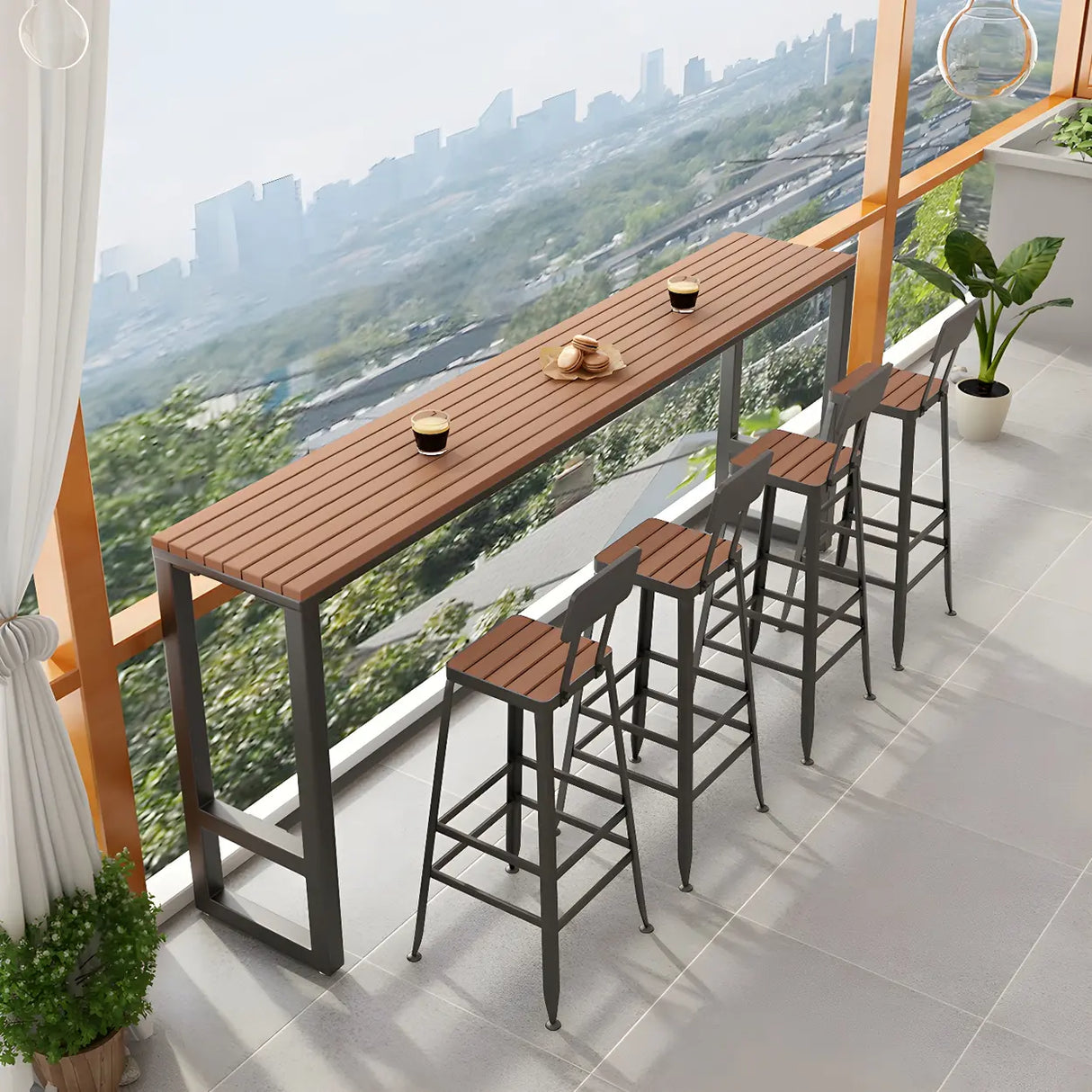
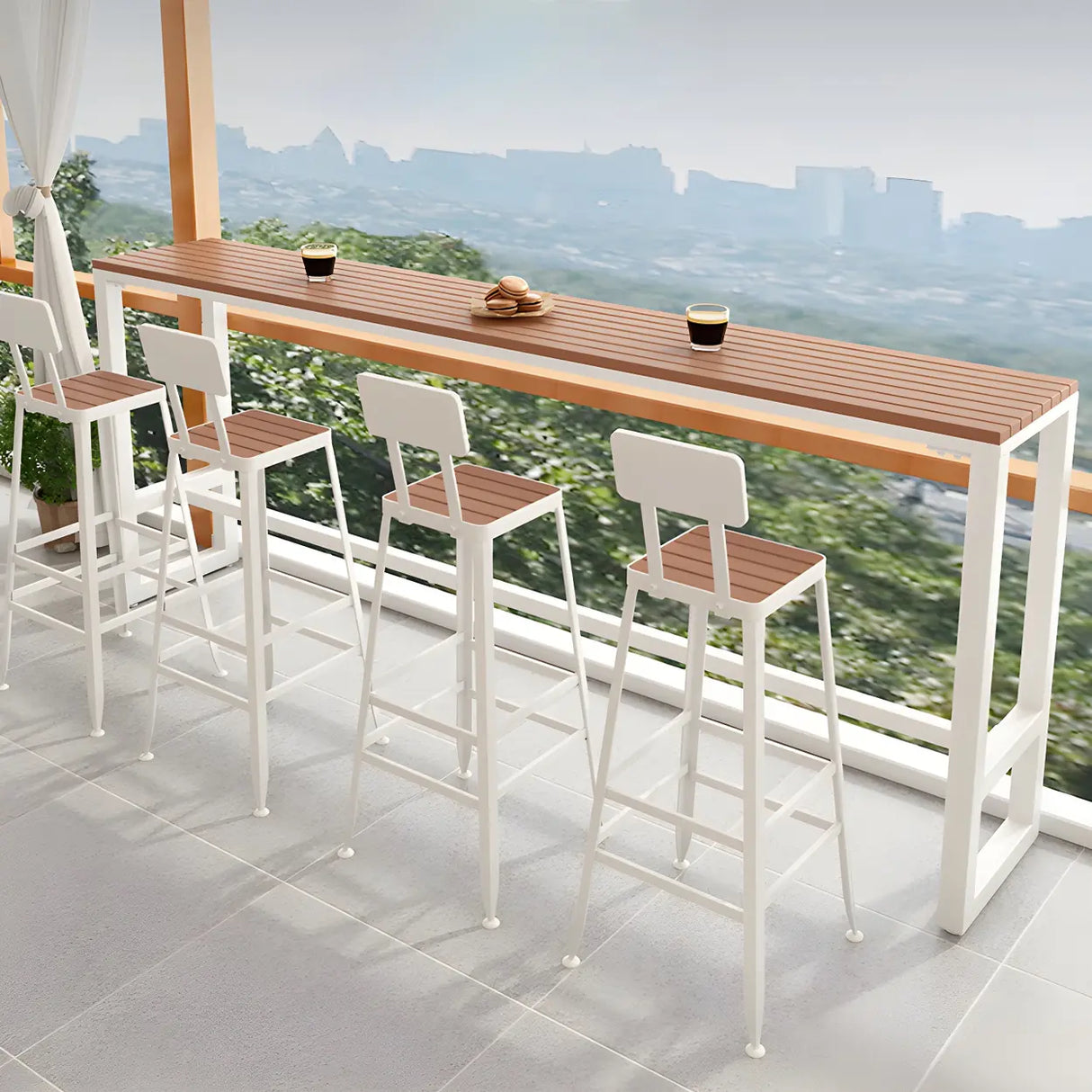
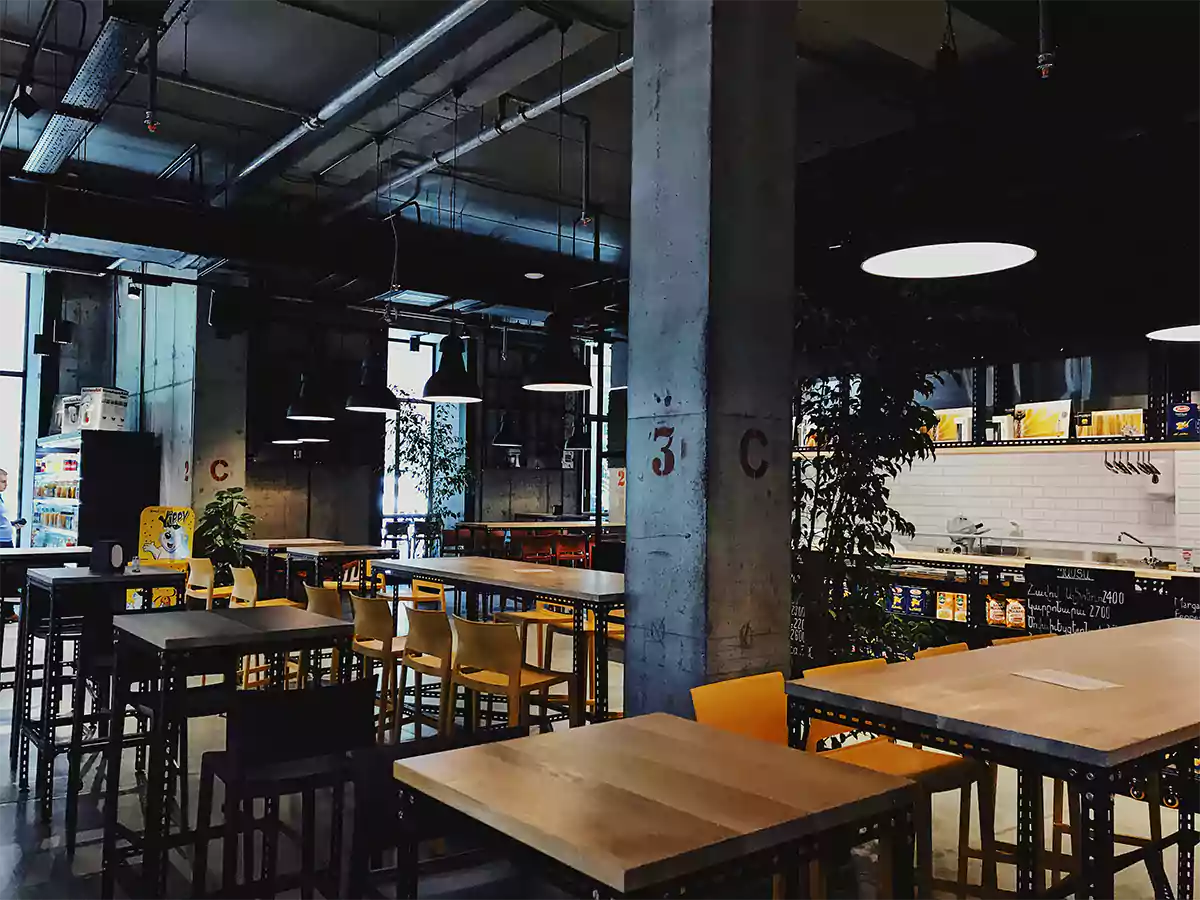
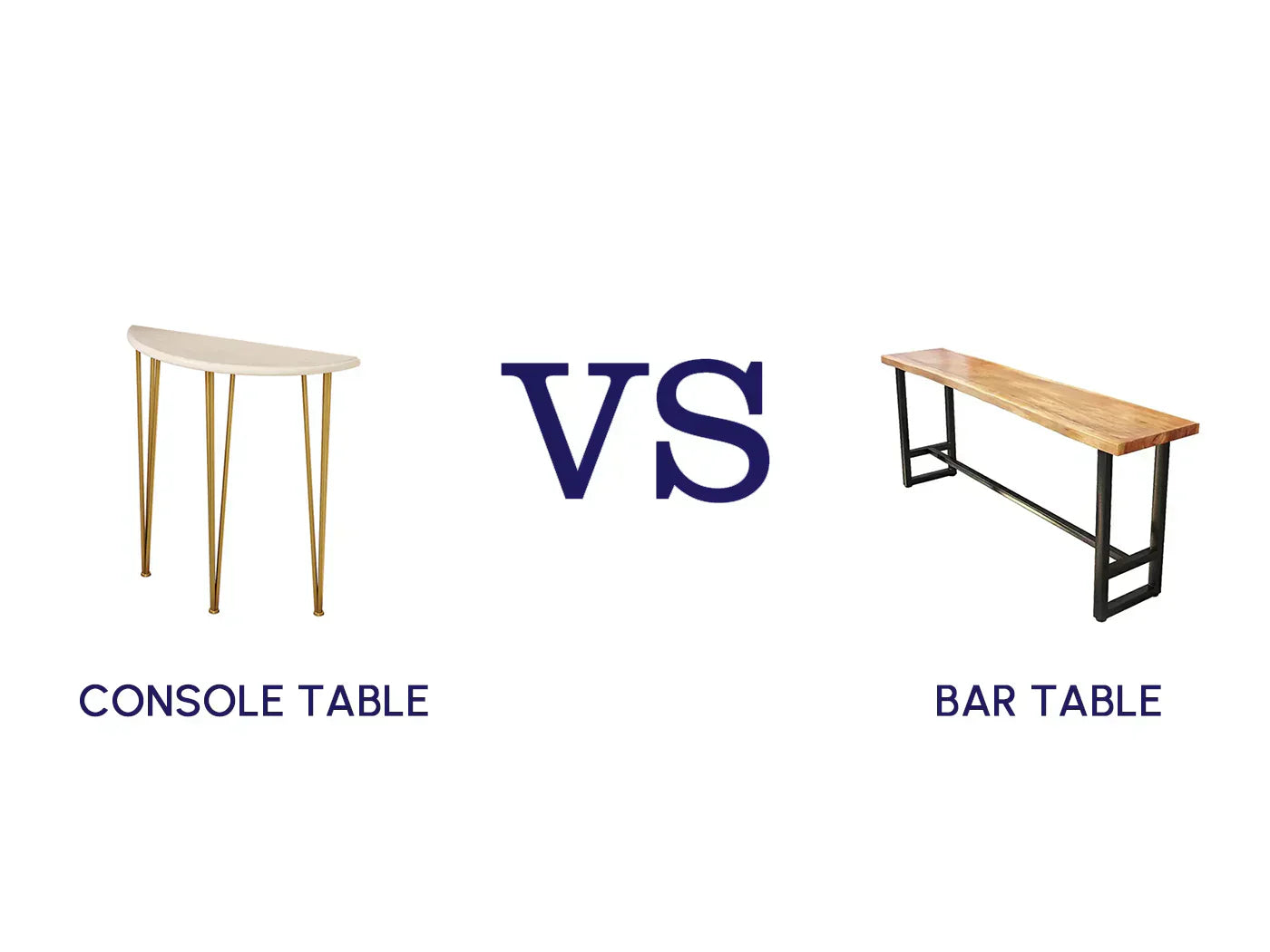
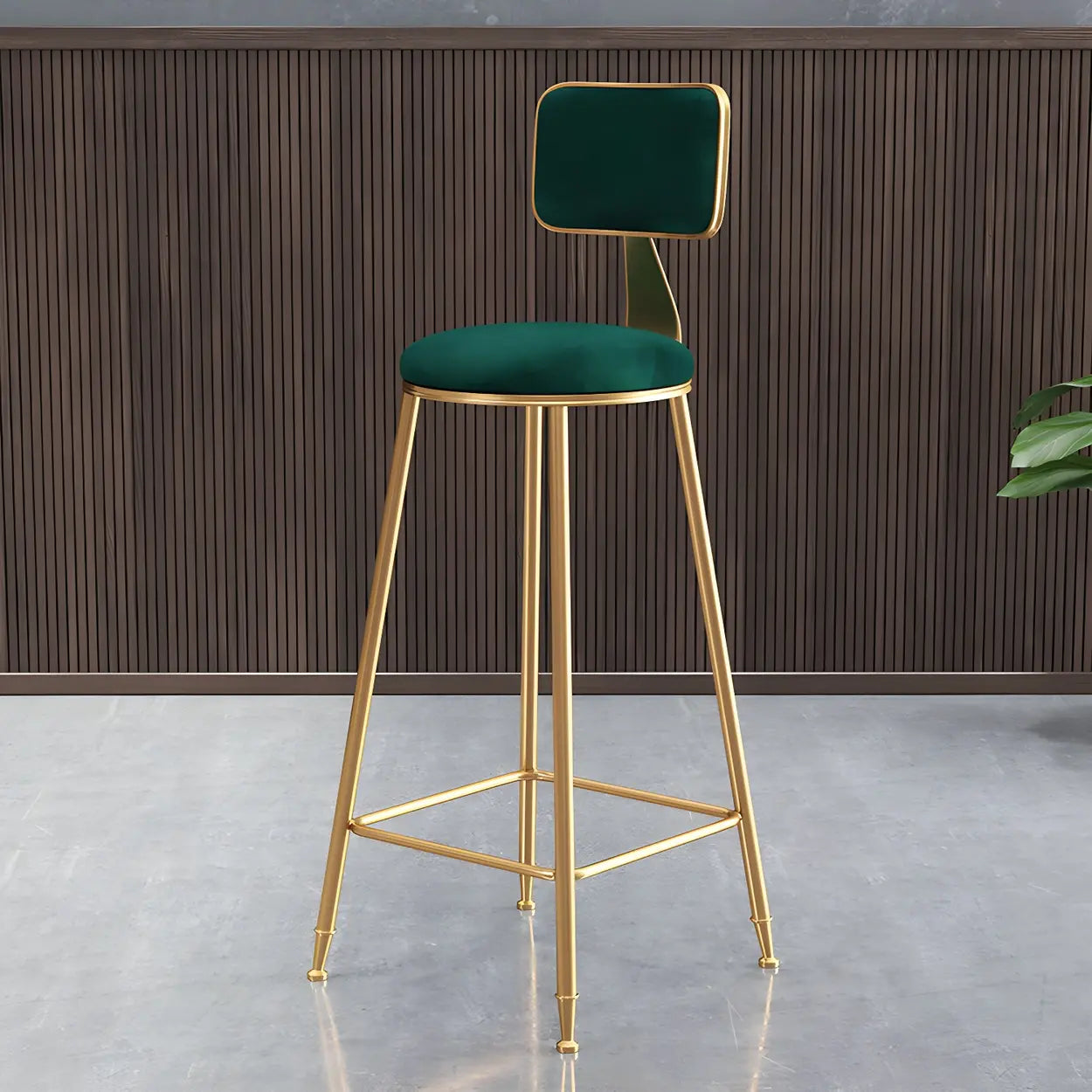
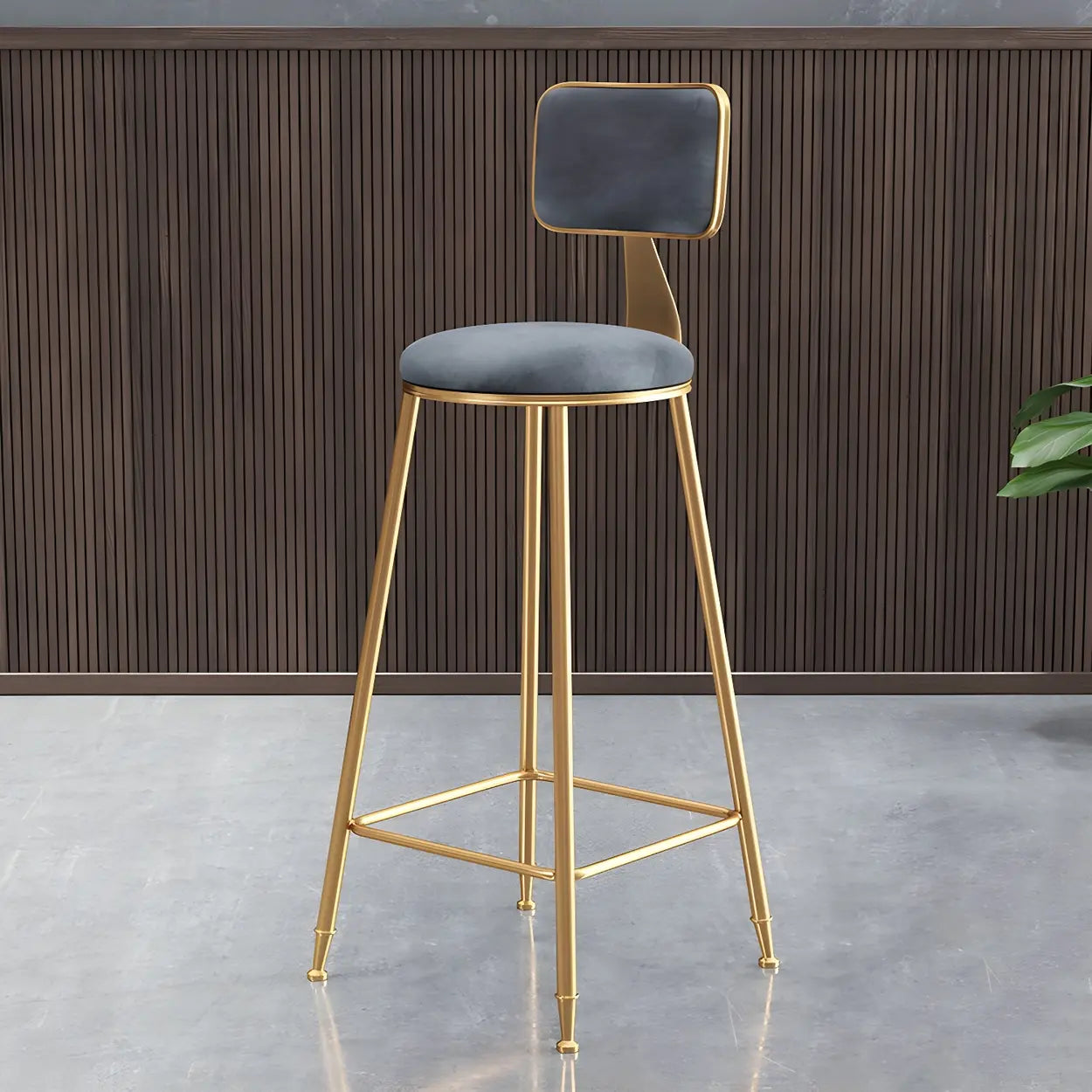


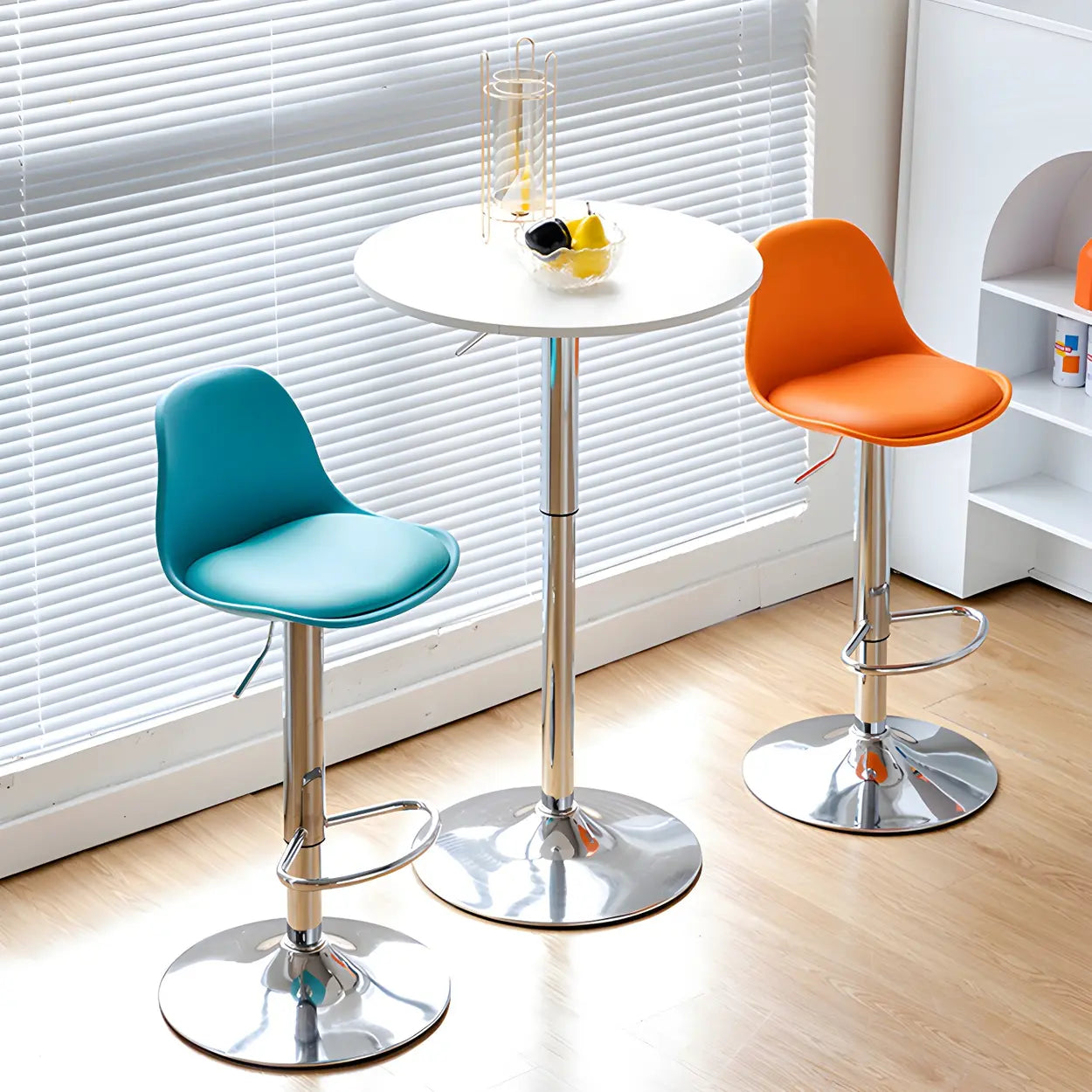
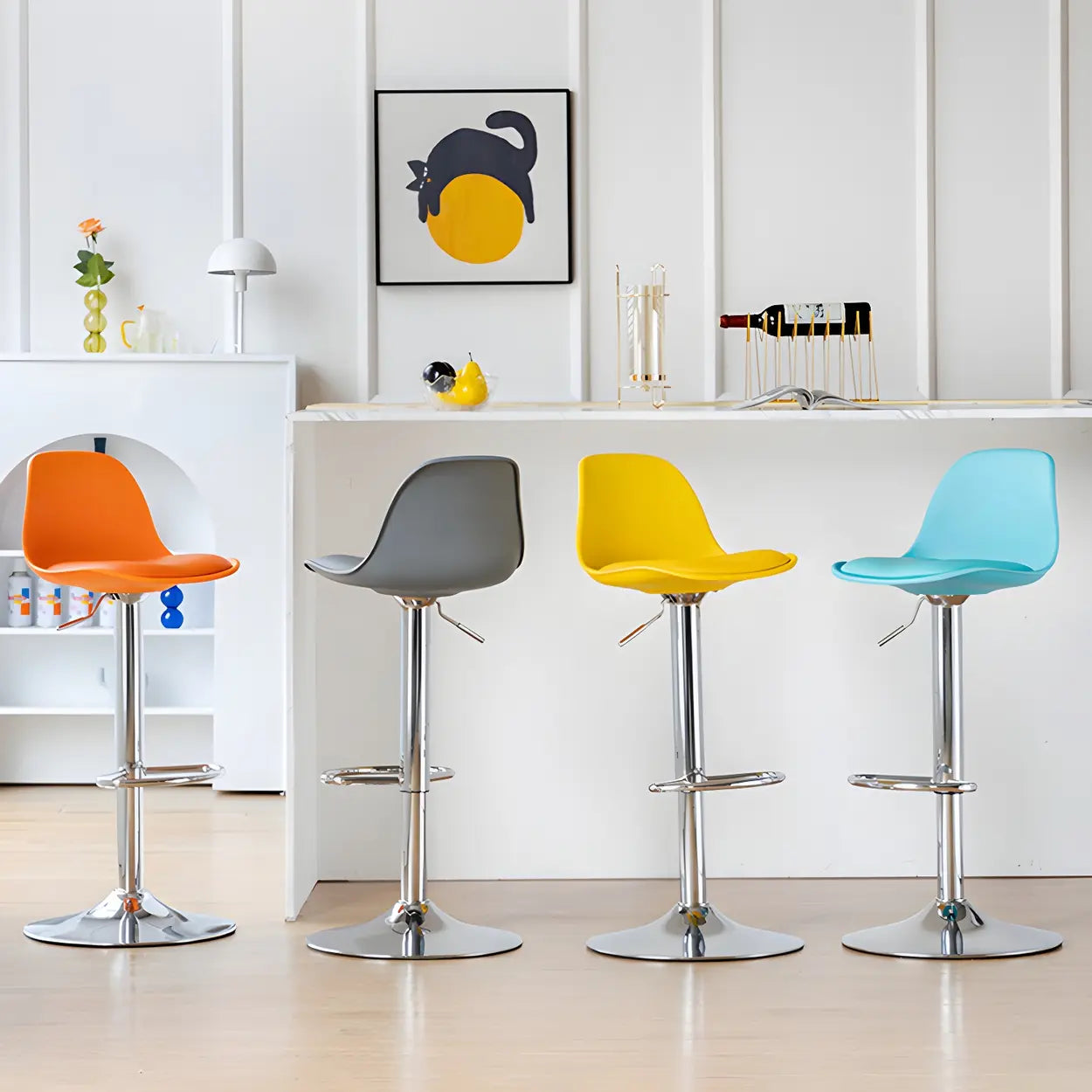
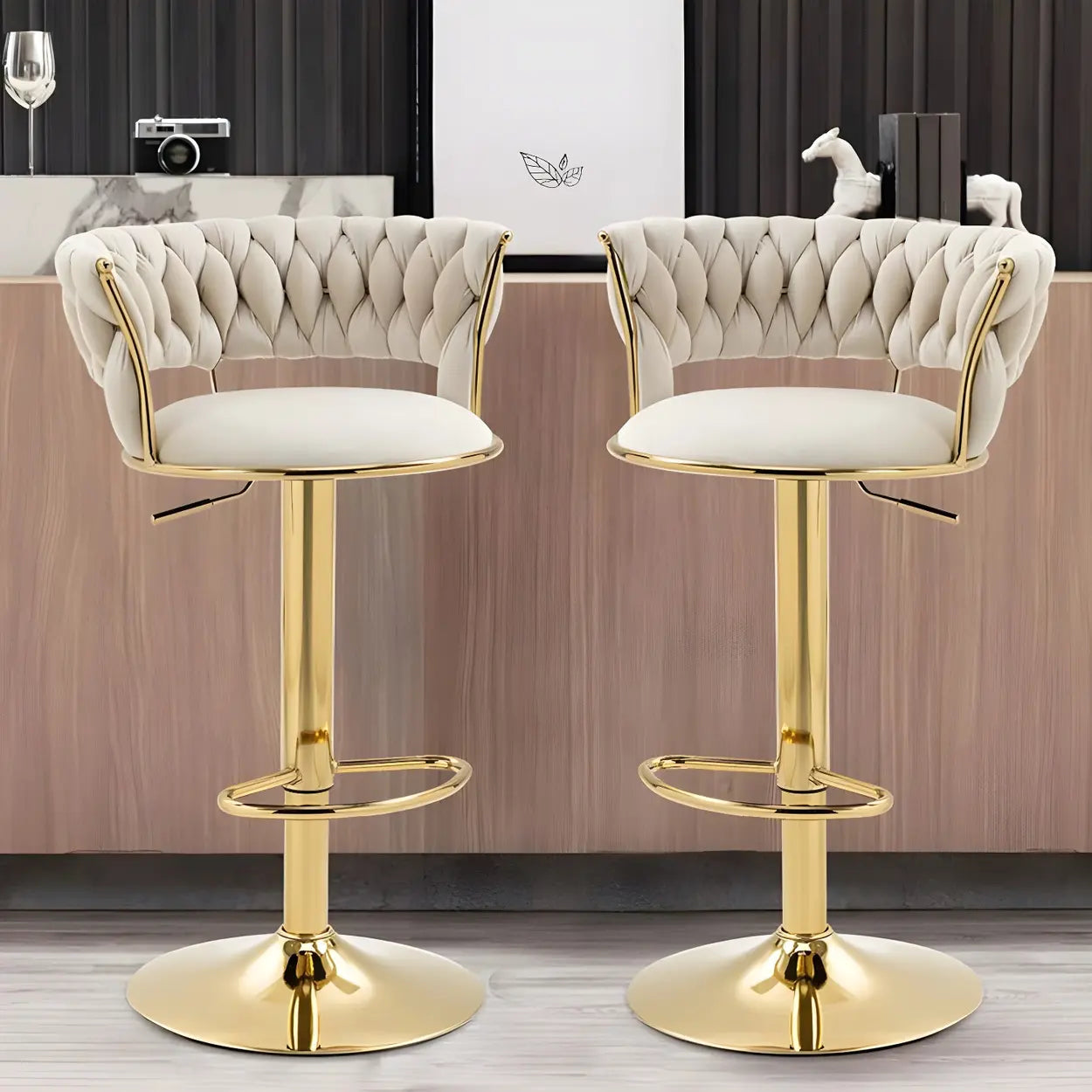
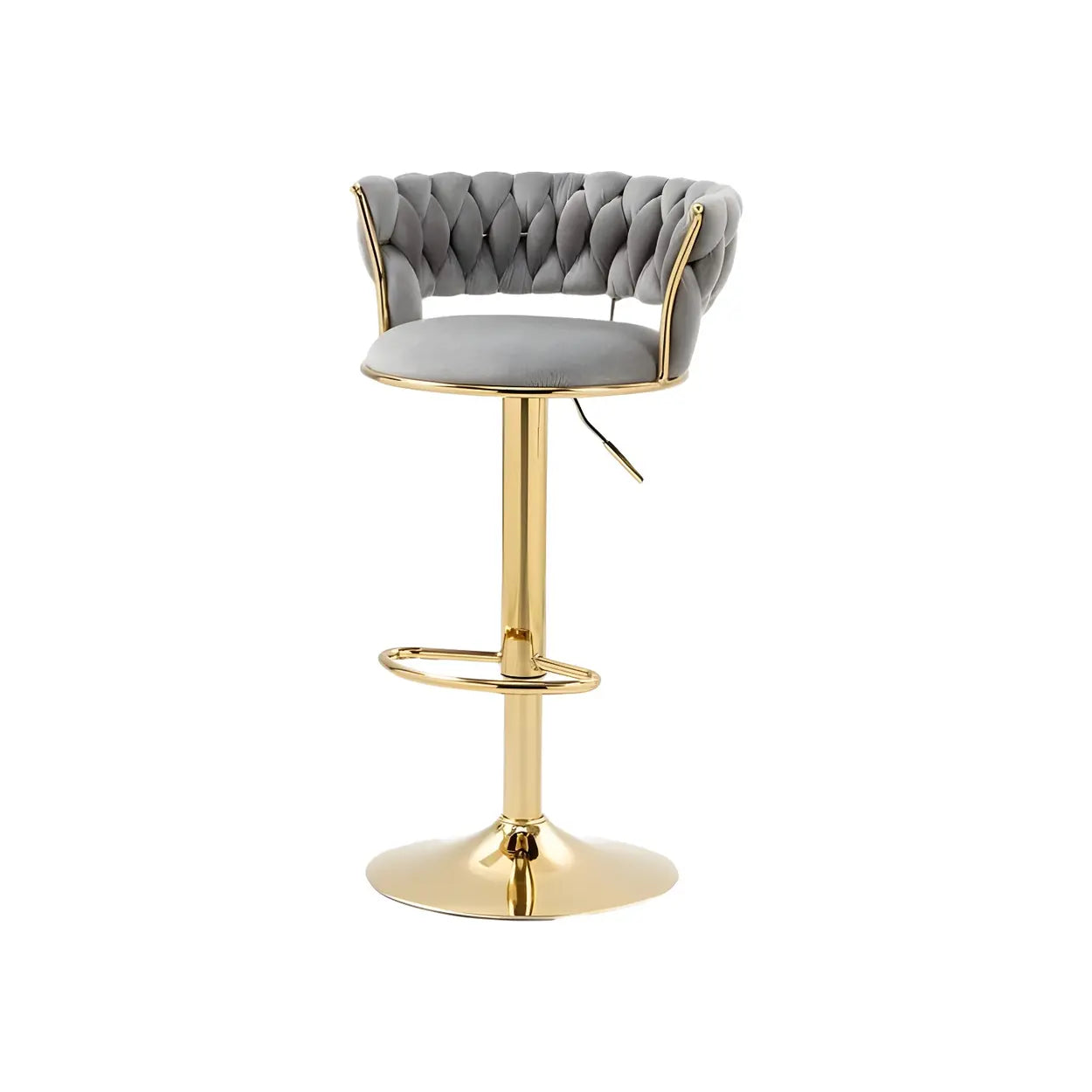


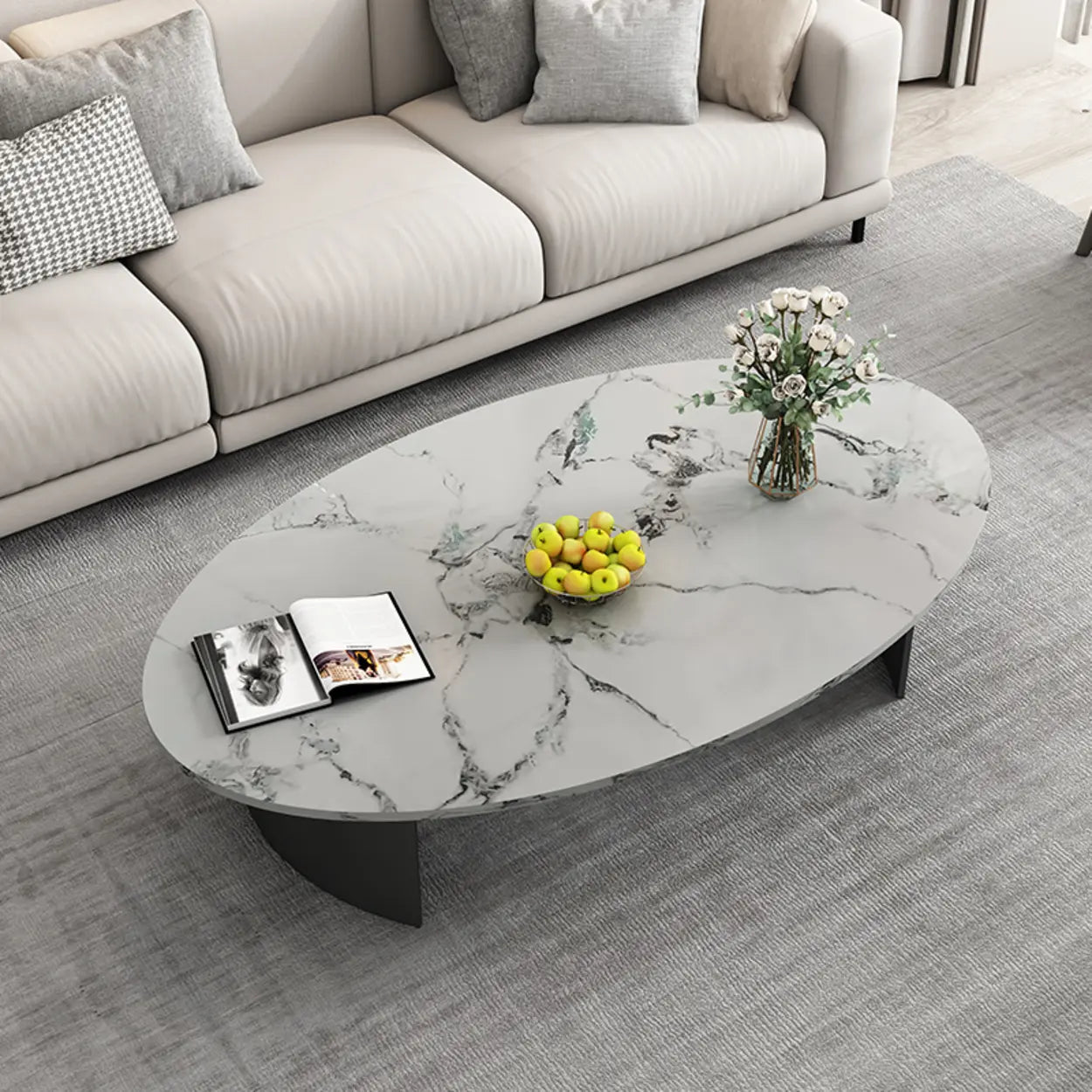
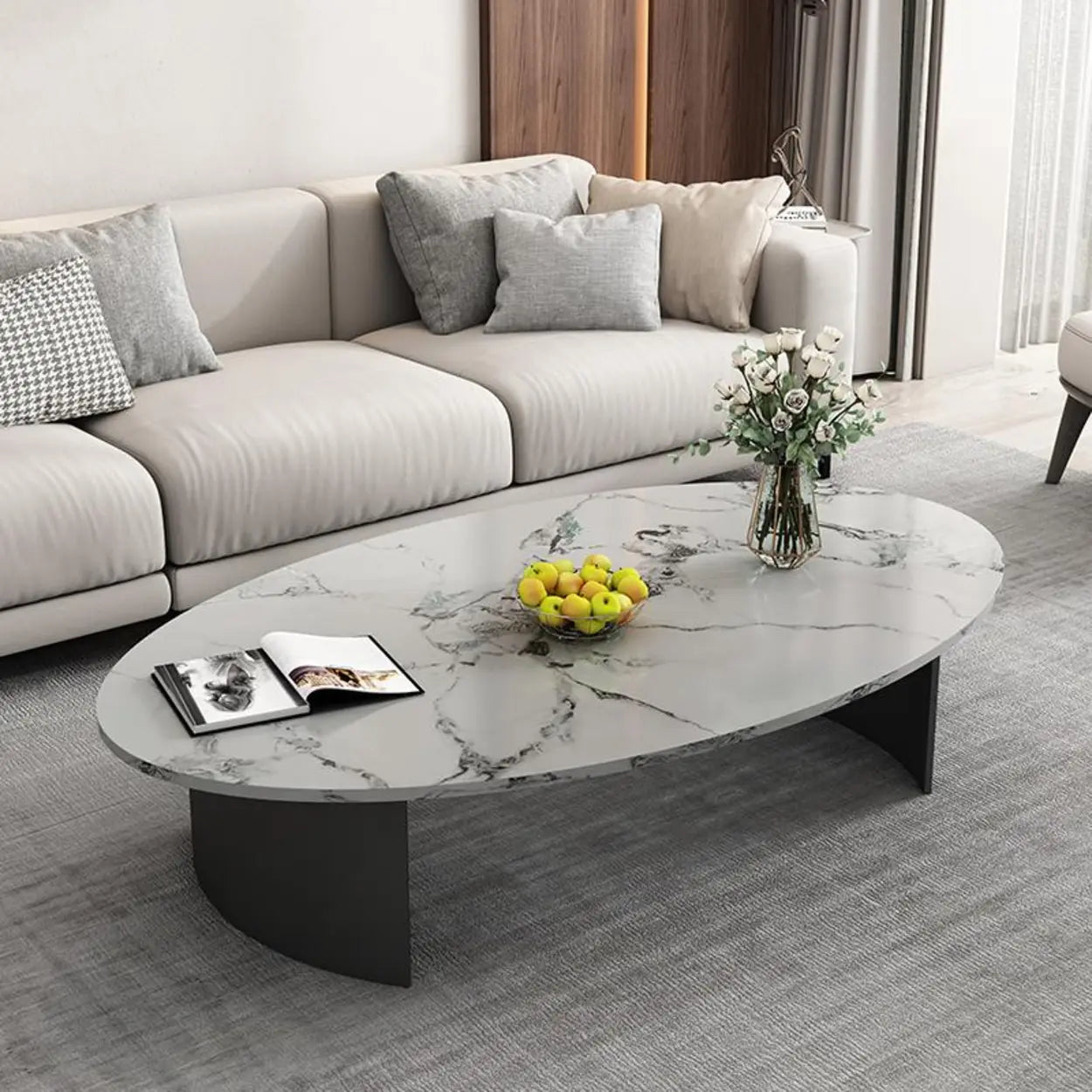
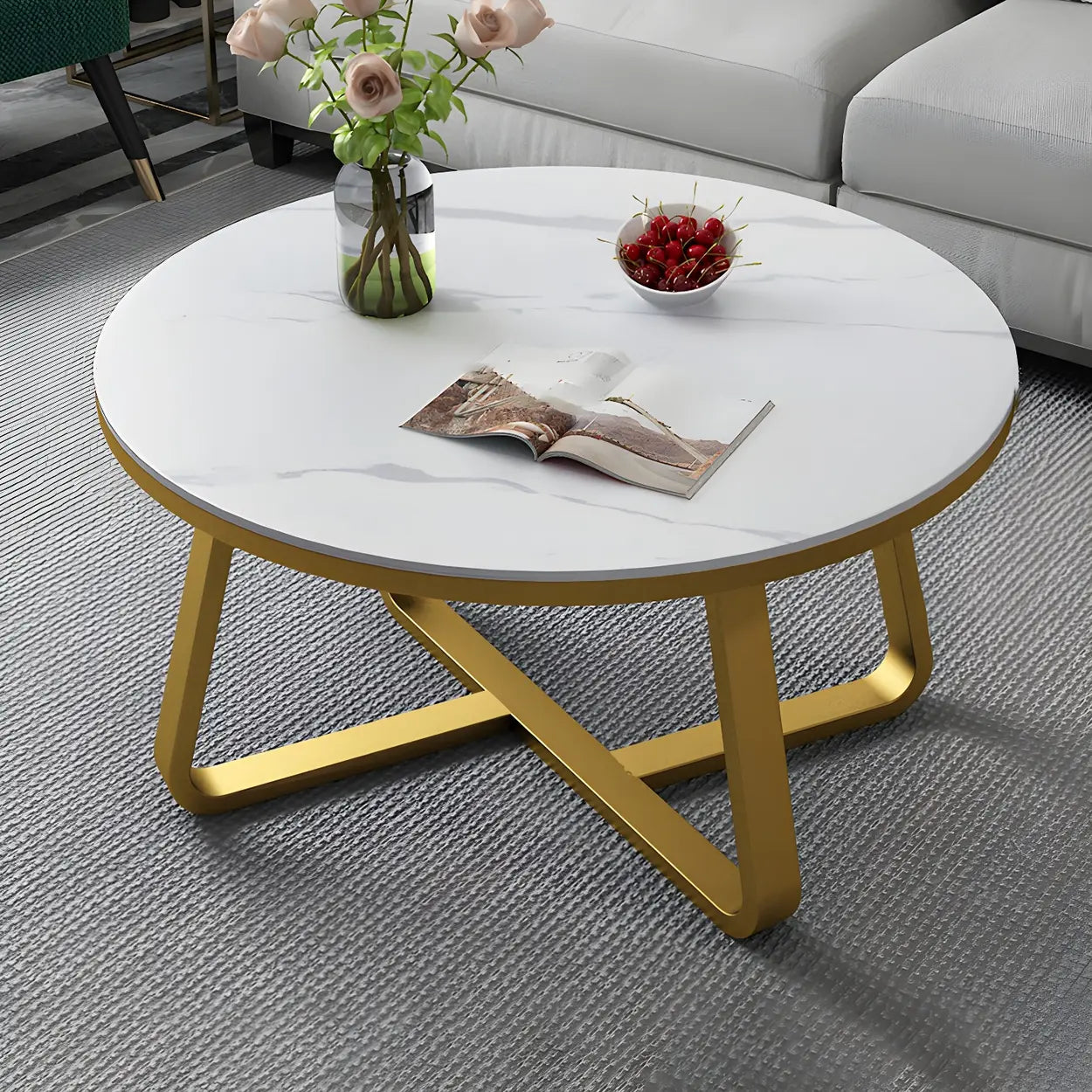
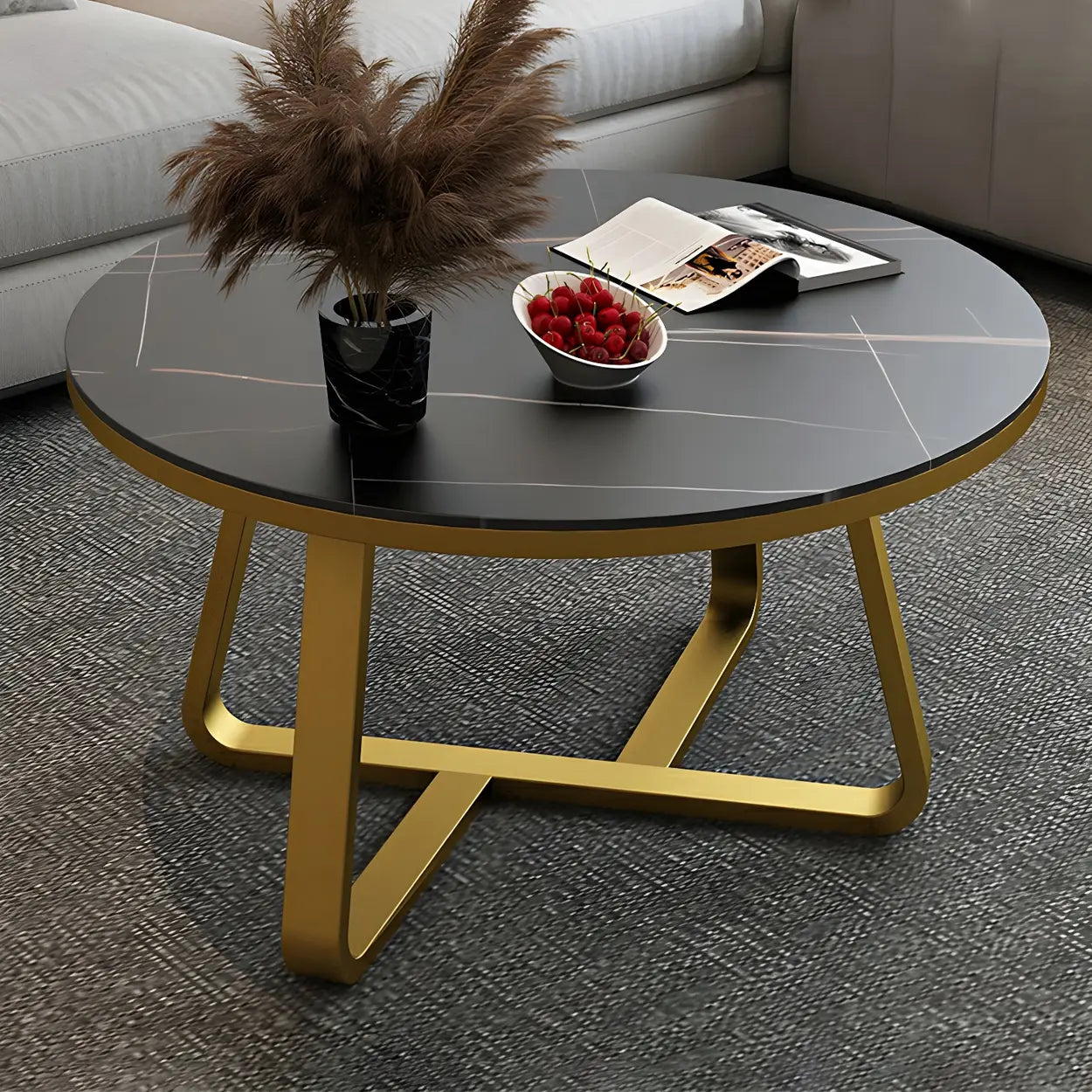
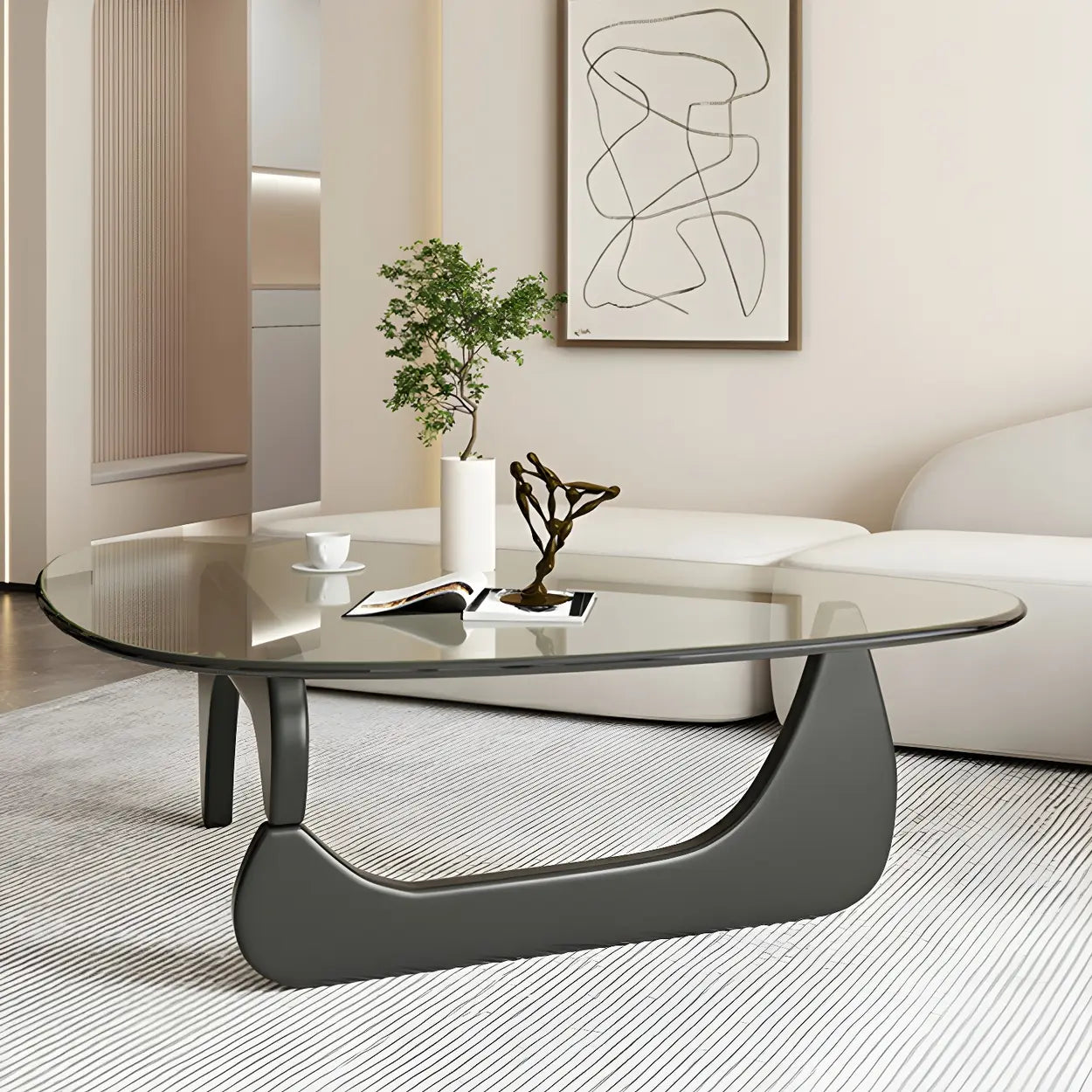
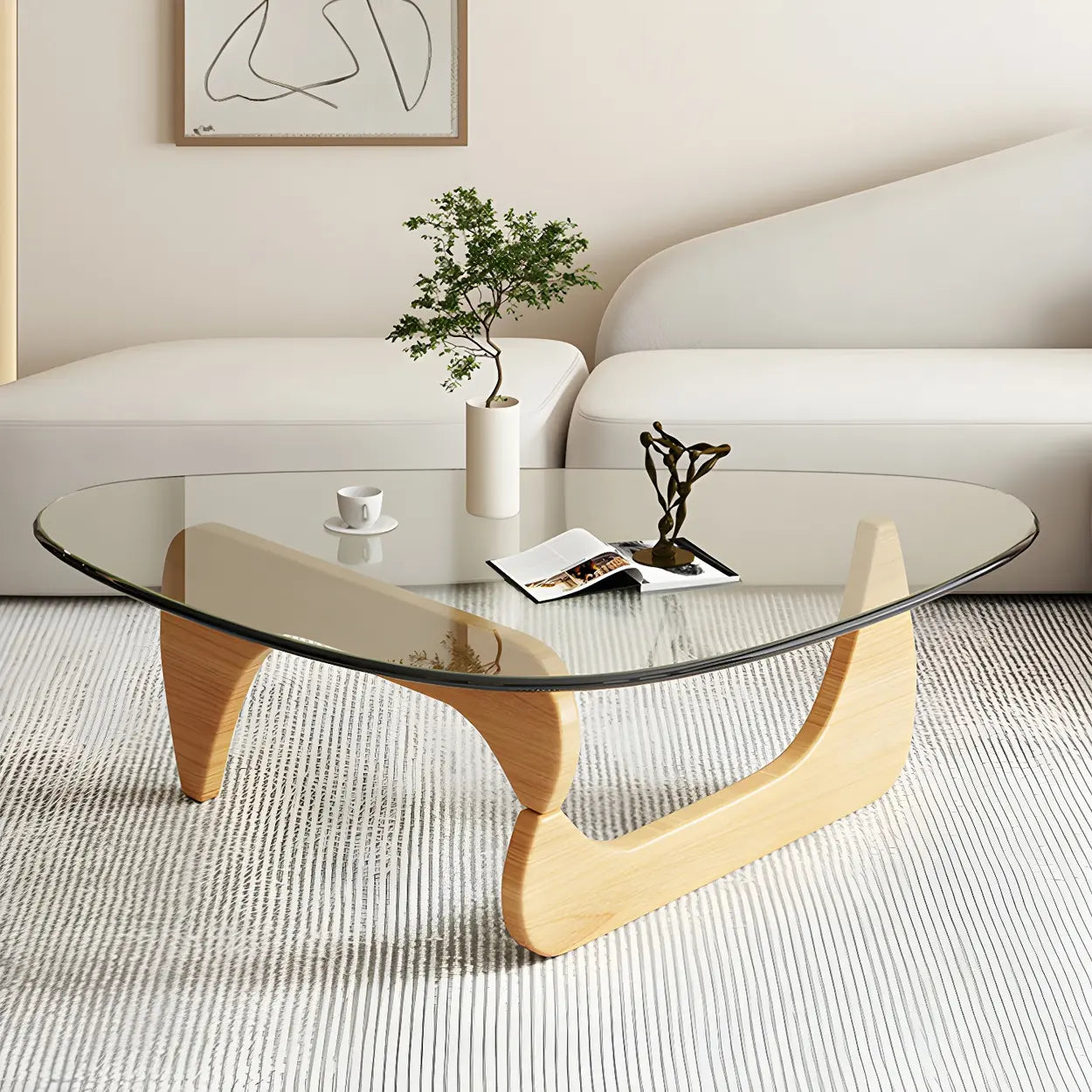
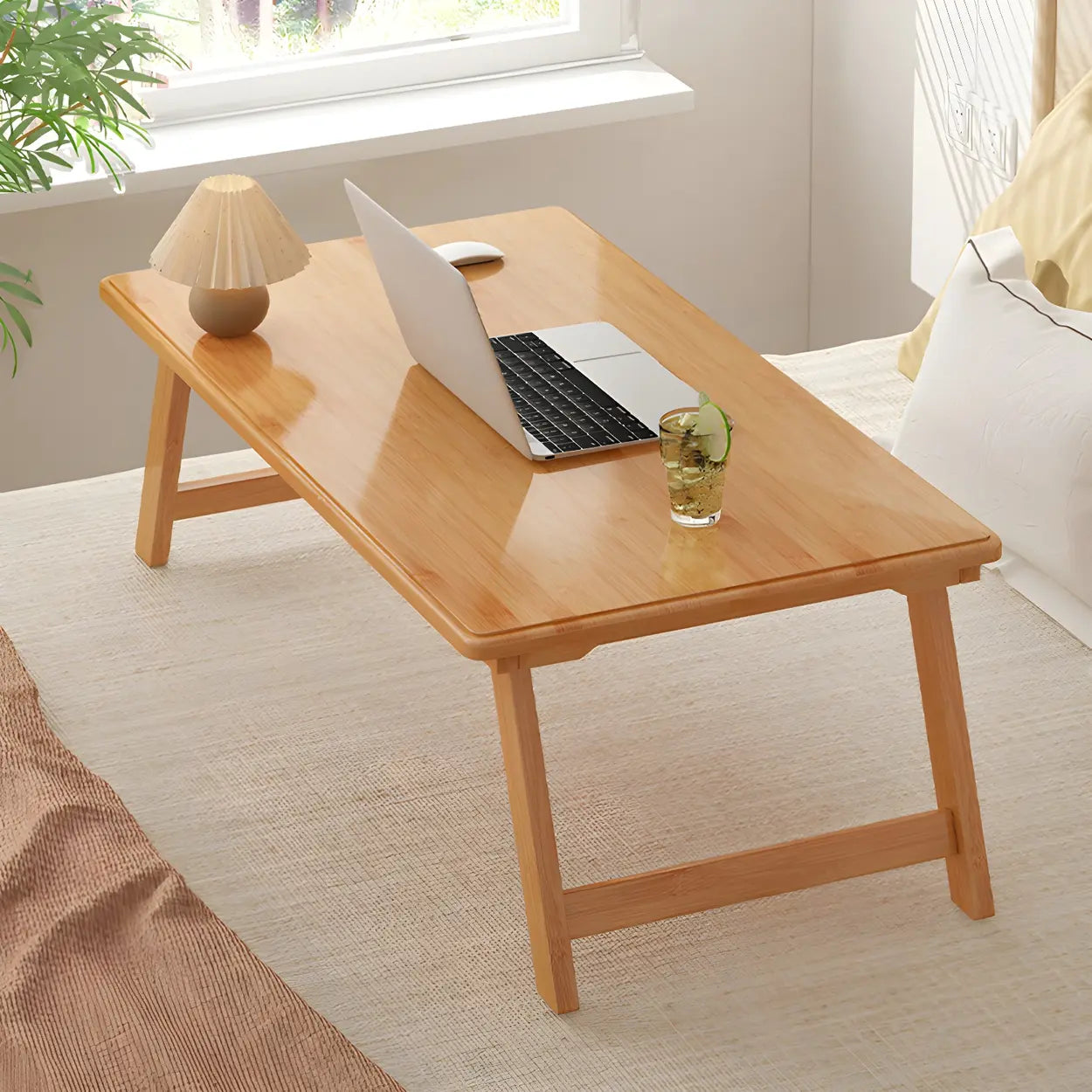


![How to Choose the Coffee Table Height? [2025 Newest Guide]](http://www.homebaa.com/cdn/shop/articles/coffee-table-height.webp?v=1749523259)
